
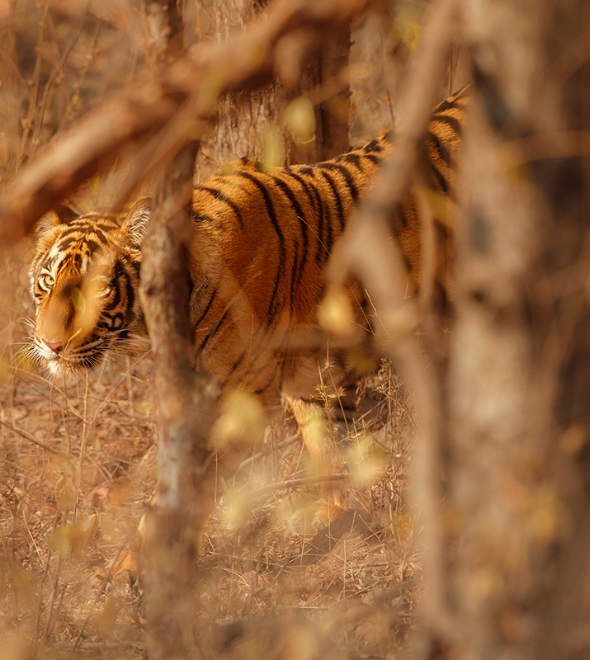
Searching for the best safaris in India? We’ve got you covered. Whether you’re keen to track tigers in Madhya Pradesh, admire Asiatic lions in Gujarat or photograph forest eagle owls in Kerala, your India holiday awaits. While Bengal tigers steal the limelight in Bandhavgarh National Park, don’t forget about the shaggy sloth bears (though they’re not as cuddly as they look). Feeling up for the adventure?
15th September 2025 - India Safari & Wildlife
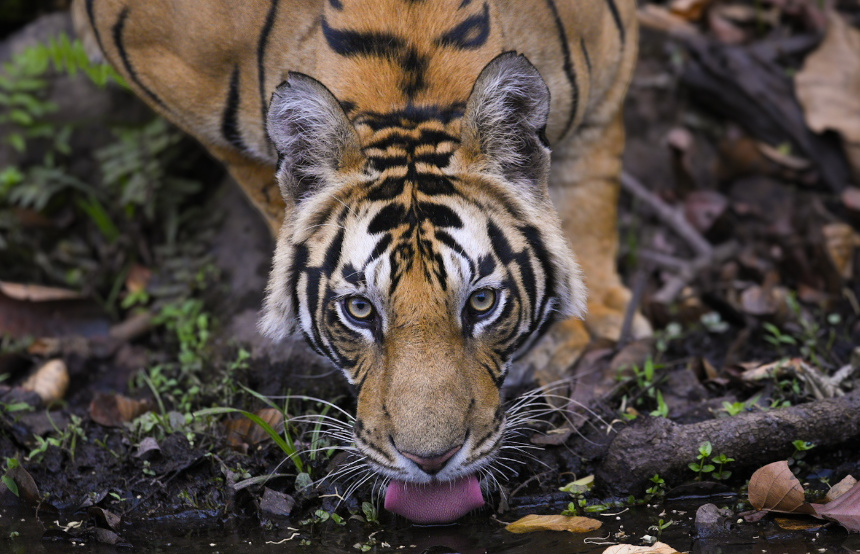
With their sleek, tangerine-tinged coats, piercing eyes and commanding presence, nothing beats the thrill of seeing a tiger in the wild. And where better than in India, home to the largest population on Earth? But when it comes to the best time to see tigers in India, it all depends on what you want from your trip. Whether you’d rather vivid green landscapes or crowd-free safaris, we’ve got the insider intel on when to see India’s famous big cats.
23rd June 2025 - India Safari & Wildlife
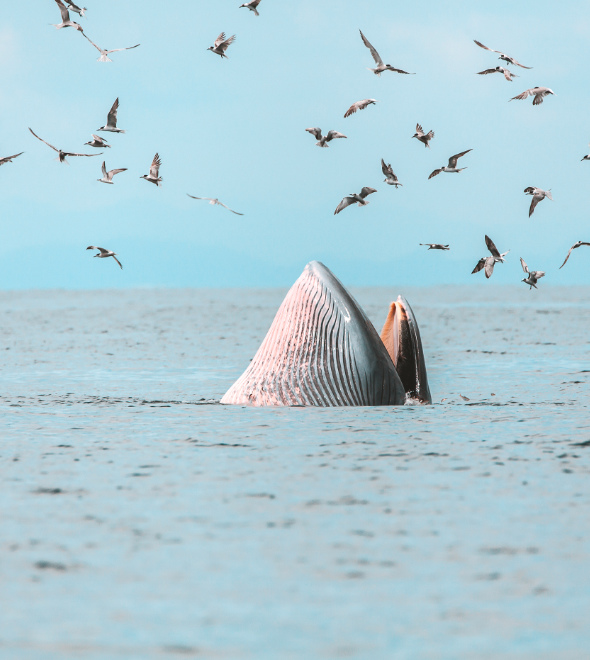
Where are the best places for whale watching? We’re glad you asked. From the picturesque Icelandic town of Husavik to the coastal haven of Mirissa in Sri Lanka, there are plenty of destinations to marvel at these majestic creatures. Picture this: the air is still and all you can hear is the creaking of the catamaran and the odd, excited whisper. You scan the horizon, desperate to spot the tip of a fluke or a distant plume of whale breath.
16th June 2025 - Safari & Wildlife
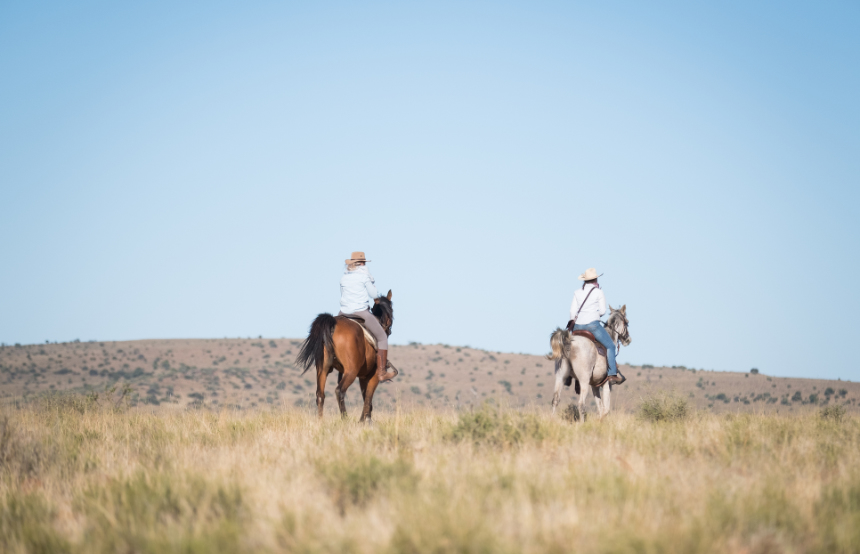
Channelling your inner cowboy and heading on a horse safari in Botswana is one of the ultimate safari experiences. With a variety of stunning landscapes available for exploration, it’s an incredible way of getting up close and personal with game in a way that just isn't possible in a traditional 4x4. You won't just be on a safari, you'll be in it. With the contrasting scenes of the Makgadikgadi Salt Pans, Thamalakane River and Okavango Delta in the nation’s arsenal, it's not hard to understand why Botswana horse safaris remain such a popular choice.
9th June 2025 - Botswana Safari & Wildlife
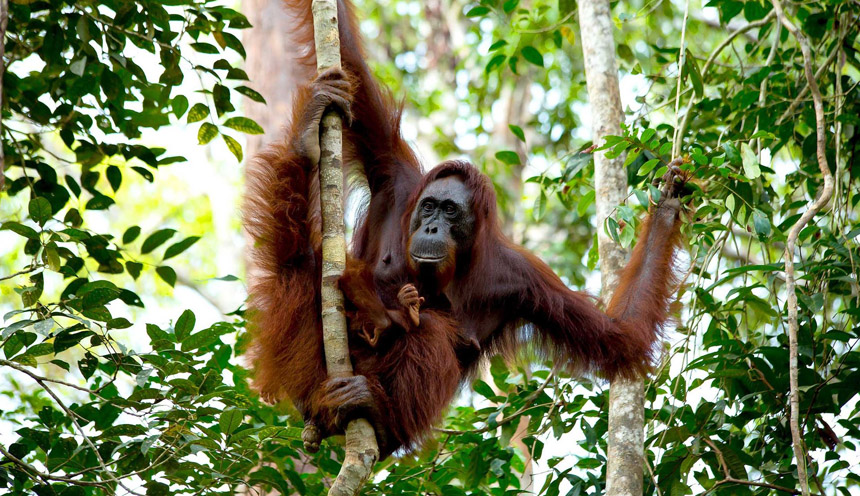
Found exclusively on the islands of Borneo and Sumatra, orangutans are some of nature’s most elusive animals. Although they’re sadly classed as critically endangered, spotting these beautiful orange apes in the wild is thankfully still possible. From lush Bornean rainforests to winding jungle rivers, we’ve handpicked some of the best places to see orangutans where they truly belong. As our Asia specialist, Holly, puts it:
28th May 2025 - Safari & Wildlife
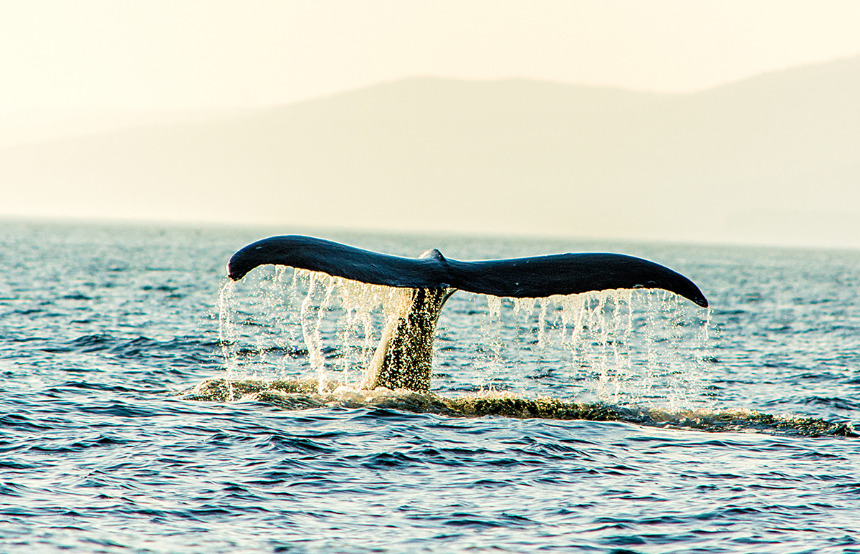
Majestic and mysterious, whales grace California’s coastline throughout the year. In Southern California, spring is prime time to witness grey and humpback whales, while summer ushers in blue and fin whales. If you’re looking for orcas, Monterey Bay is your go-to spot between April and May, while the Mendocino Coast offers occasional sightings if you’re lucky. Ready for some bucket list breaches? Read on for our roundup of the best places for whale watching in California… San Diego Dana Point Santa Barbara Monterey Bay Mendocino San Diego Starting strong,
24th March 2025 - USA Safari & Wildlife
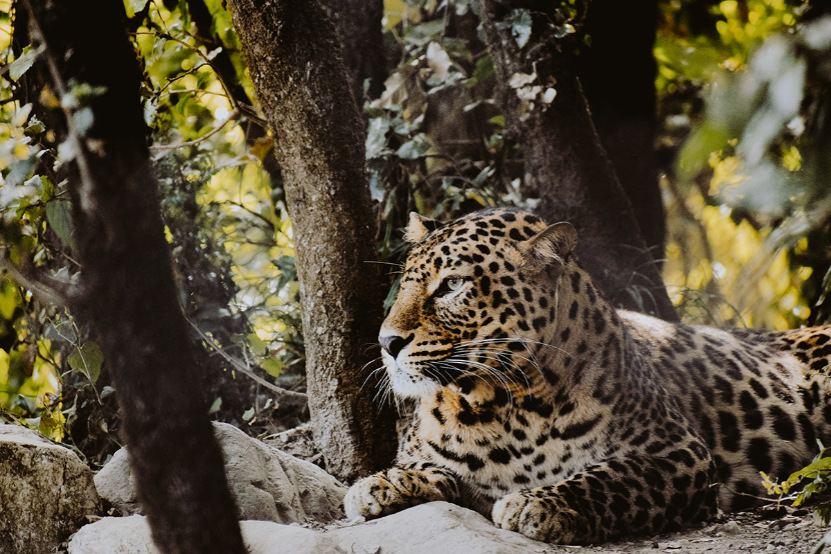
Jaguars are the largest of South America's big cats, and, unfortunately for us, are perhaps the most elusive. With their sleek orange-brown fur and distinctive black spots (known as ‘rosettes’), jaguars are truly magnificent, so it’s no surprise that wildlife enthusiasts will go to great lengths to spot one. But where to find them? With their impressive hiding skills and nocturnal nature, it’s no mean feat to catch a glimpse of one of these majestic predators, so we’ve compiled a shortlist of places to give you the best chance possible.
3rd March 2025 - Safari & Wildlife
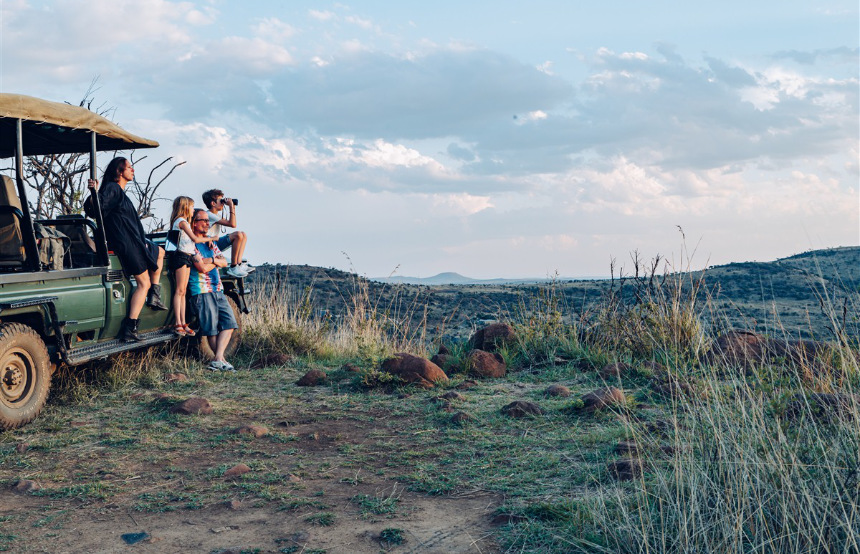
Are you craving golden, unfurling savannahs, spectacular wildlife and muscular mountain landscapes? Ask, and you shall receive; we’ve rounded up the best national parks in South Africa just for you. Whether you’re an avid safari-goer, hiking enthusiast or history lover, there’s something for everyone. Explore Kruger National Park and Golden Gate Highlands National Park from the comfort of a 4x4 as you look out for incredible wildlife or add Royal Natal National Park’s Amphitheatre trail to your hiking bucket list.
3rd February 2025 - South Africa Safari & Wildlife
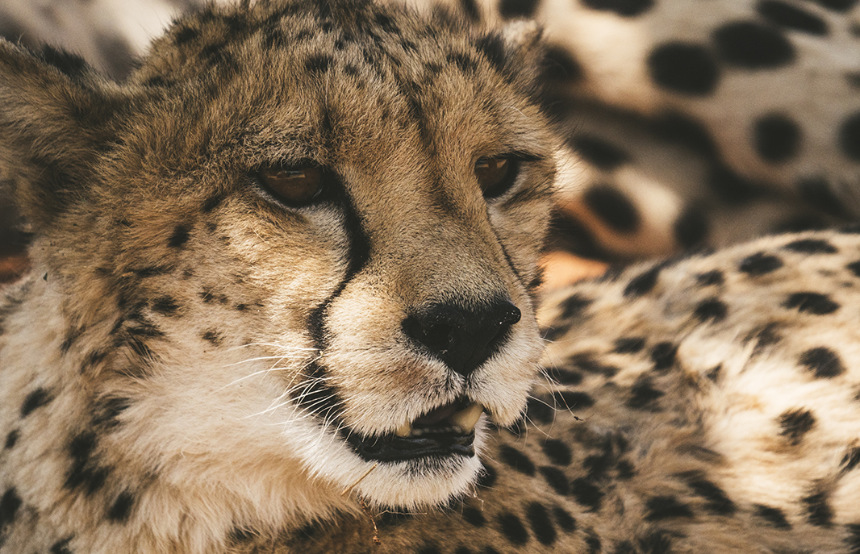
While they might not be bush’s biggest cat or a famed member of the ‘Big Five’ animals, the cheetah’s strengths lie elsewhere. These sleek, slender and speedy creatures are a prominent feature of the African landscape, where almost all the remaining cheetah populations can be found (there’s a population of less than 20 in Iran, too). From their breakneck speeds to spectacular spotted coats, read on to discover our favourite cheetah facts… 1.
15th January 2025 - Safari & Wildlife
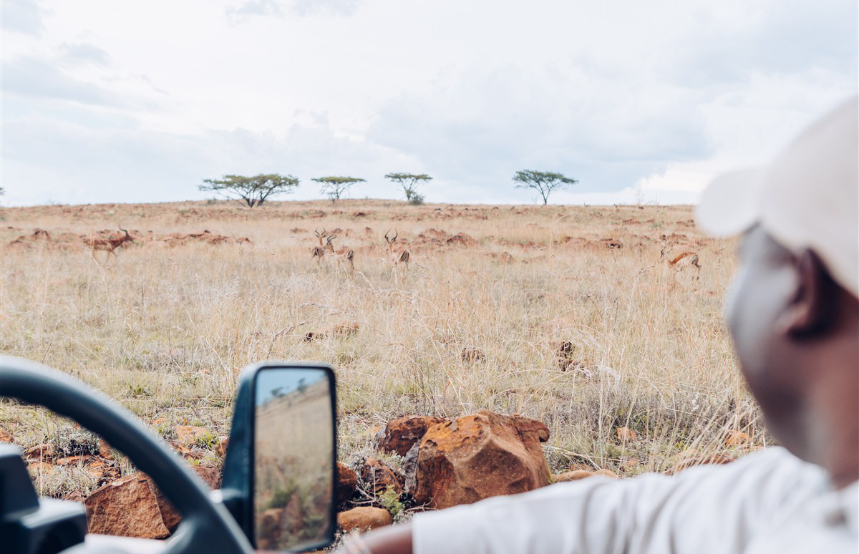
If you’ve ever planned a safari holiday (or, more wisely, enlisted our help to do so), it’s likely you’ll have encountered some unfamiliar safari-related words along the way. From the commonsensical to the nonsensical – it can often be tricky to decipher their meaning without a little help. That’s where we come in. We consulted our team of safari experts to help us demystify the most common safari-speak, so you can forget awkward moments and misunderstandings on your trip.
10th January 2025 - Safari & Wildlife
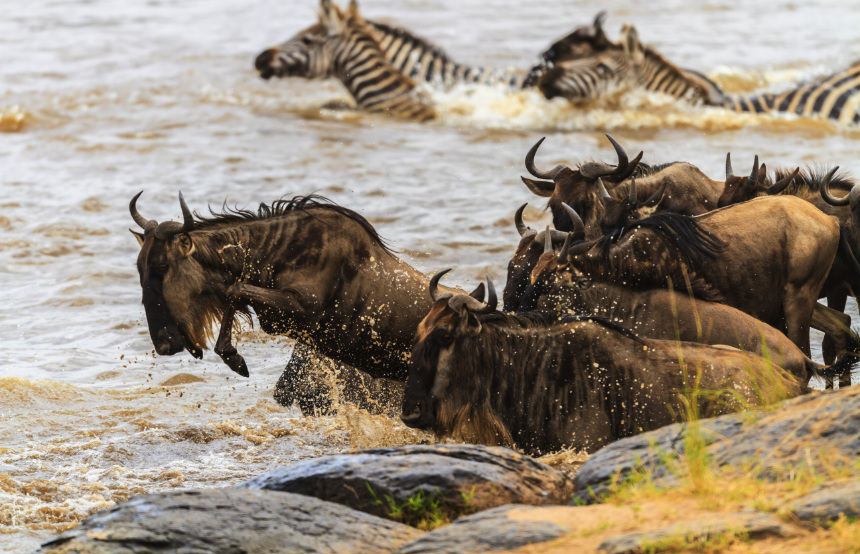
The Great Migration is the world’s largest land-based animal migration and a true bucket-list spectacle. Every year, over two million wildebeest and other hungry hoofed animals move in great swathes through Tanzania and Kenya across East Africa’s unfurling plains. The herds follow the rains in search of fresh grasslands while their predators wait to strike, in what is one of nature’s most epic shows.
28th December 2024 - Safari & Wildlife
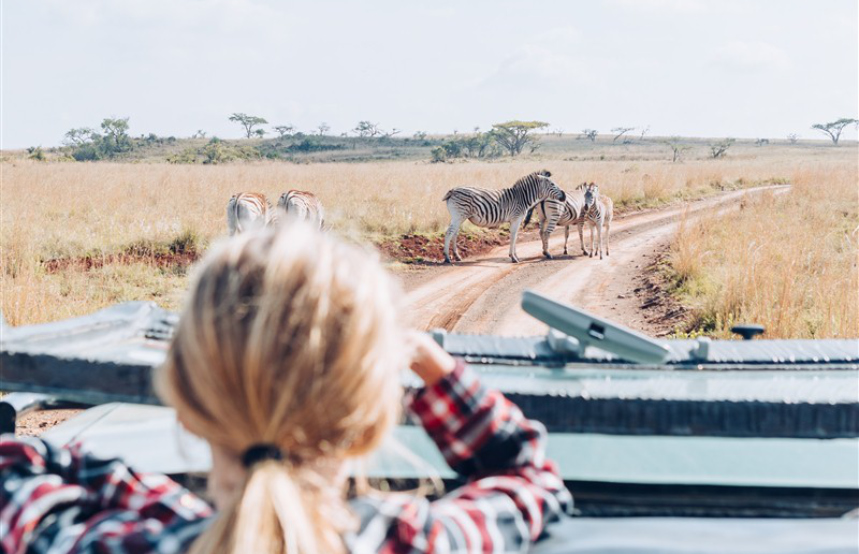
Whether spotting your favourite big cats or learning about local conservation efforts together, family safaris are the ultimate bonding experience. But what if you could maximise your chances of seeing Simba and co. in the wild? We asked our resident safari experts for their insider intel on seeking out unforgettable animal encounters. From picking up scents to playing detective, there are plenty of ways the little ones can get involved and increase their sense of adventure.
23rd December 2024 - Safari & Wildlife
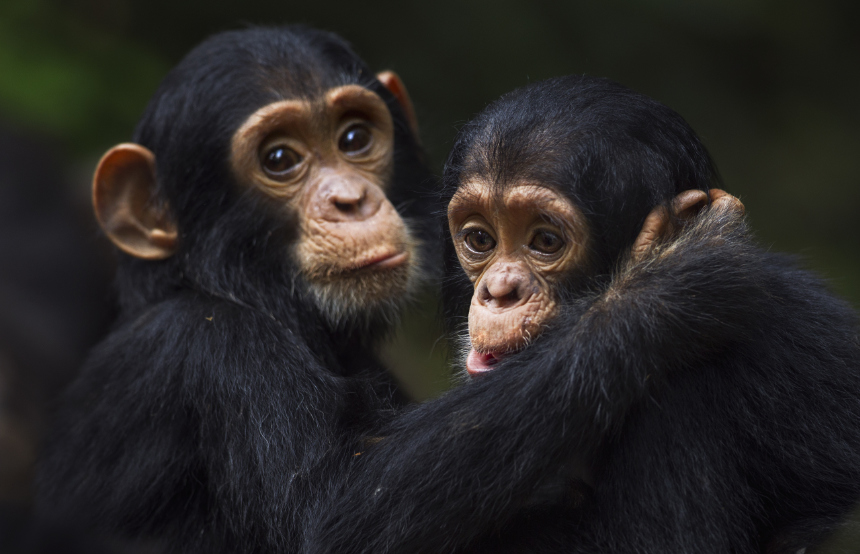
Seeing chimpanzees in their natural habitat is an awe-inspiring experience that should be high up on many people’s bucket lists. With approximately 300,000 chimps left in the equatorial forests of Africa, there are plenty of places set up for amazing ape viewing. What could be better than getting up close and personal with our cousins with whom we share 98% of our DNA? We asked our Africa team for their insider intel on where to see chimpanzees in the wild… 1.
8th October 2024 - Safari & Wildlife
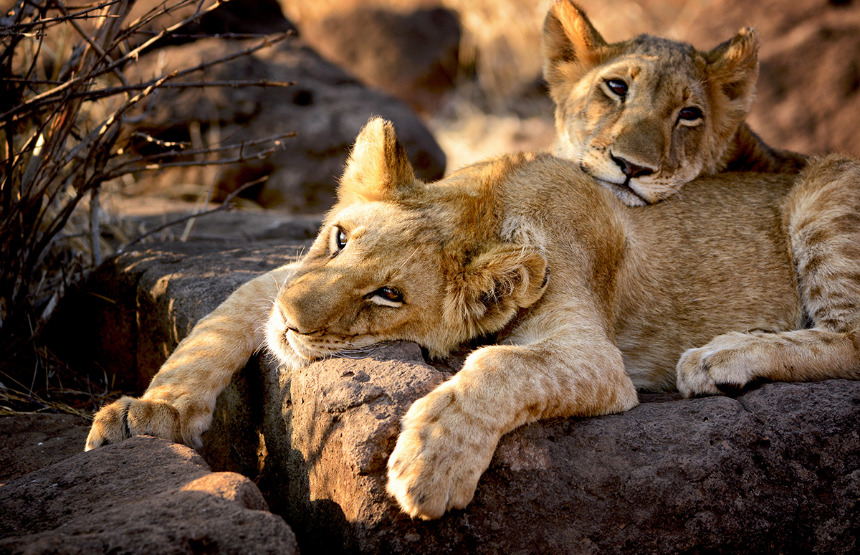
One of the most distinctive animals of the African landscape and a member of the coveted Big Five (lions, leopards, elephants, rhinos and buffaloes), the majestic lion needs no introduction. Everyone’s favourite felines, these cool cats are every bit as fascinating as they are ferocious. From their iconic manes to their deadly hunting abilities, read on for our roundup of the top ten lion facts… 1.
11th September 2024 - Safari & Wildlife
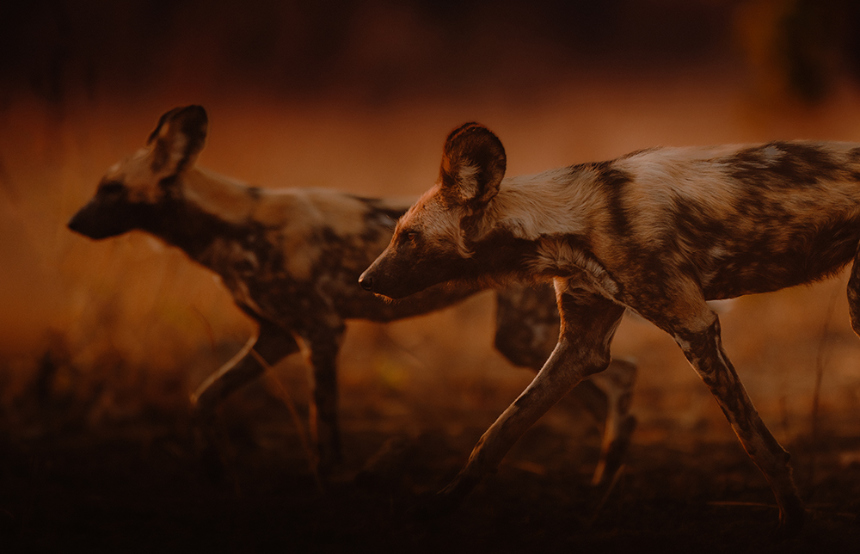
African wild dogs are a world apart from our domesticated doggies. Far from being man’s best friend, these ferocious predators have much more in common with wolves (who knew?). Their Latin name – lycaon pictus – even means ‘painted wolf’, but they also go by the name painted dog or cape hunting dog. Keen to learn more about these fascinating animals? While you’ll have to swap your local park for a safari park to see these hounds in their natural habitats, read on for our rundown of the top ten African wild dog facts.
5th September 2024 - Safari & Wildlife
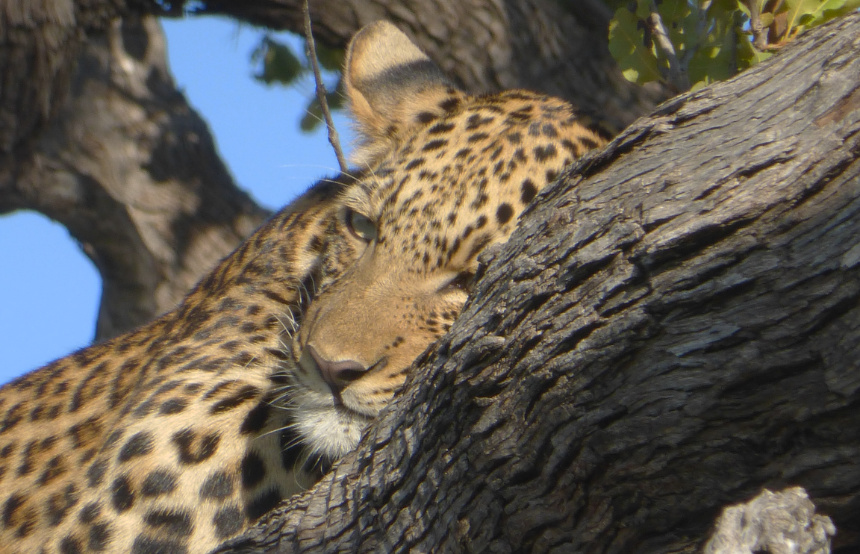
When safari specialists sing their praises for a destination, we can’t help but listen. And our Africa aficionados have a compliment or two for Botswana. They put it up there as ‘one of the best safari destinations in Africa’ and the place to be for an ‘exclusive, unspoiled wildlife adventure’. So, where do you begin? With so many savannahs, wetlands and wildlife-rich reserves to explore, we’ve whittled it down to the four best safaris in Botswana.
15th August 2024 - Botswana Safari & Wildlife
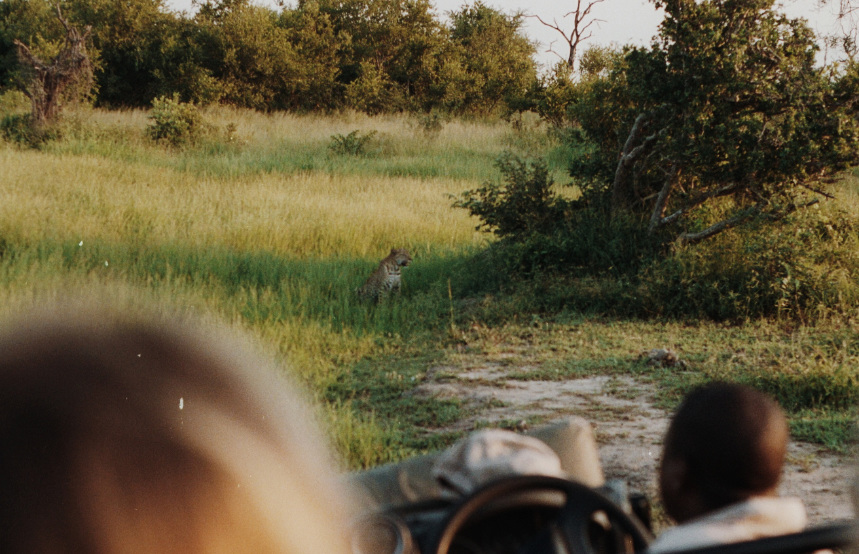
Nothing beats seeing your favourite animals in the wild. But whether you’re most excited to spy a herd of mighty elephants or an elusive leopard, it’s well worth knowing what to expect on safari holidays at different times of the year. From the unparalleled animal antics of the dry season to the unexpected thrills of the seasonal rains, every month has distinct draws and drawbacks. In Africa, each country carves its own path when it comes to climate, and seasonality affects everything, from the activities on offer to the type of landscapes and wildlife you can expect to experience.
5th August 2024 - Safari & Wildlife
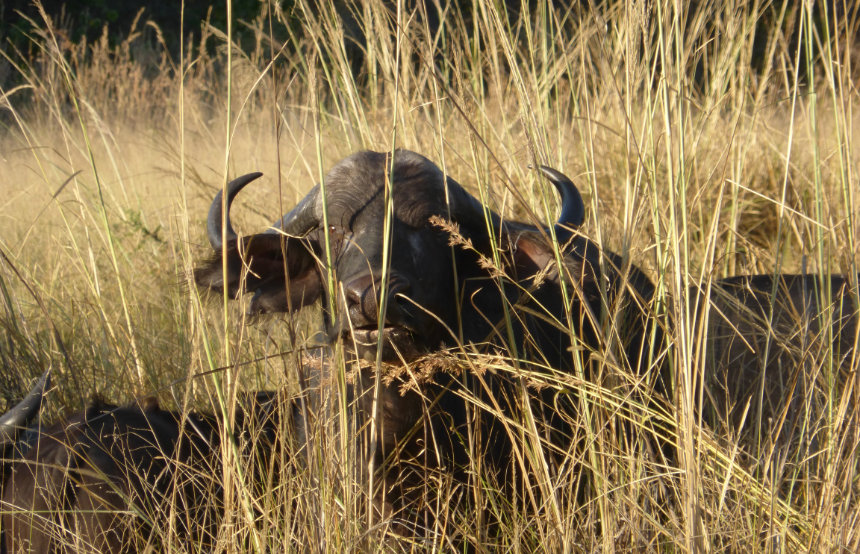
Our safari specialists know a thing or two about world-class wildlife adventures – and one place they won’t stop raving about is Botswana’s Okavango Delta. As one of the team said: ‘It’s absolutely one of the best safari destinations in Africa. When you’re there, it’s all about getting what you pay for – a top-quality wildlife adventure. Out in the savannah, the only other vehicles you’ll come across are one or two from your camp.
27th May 2024 - Botswana Safari & Wildlife
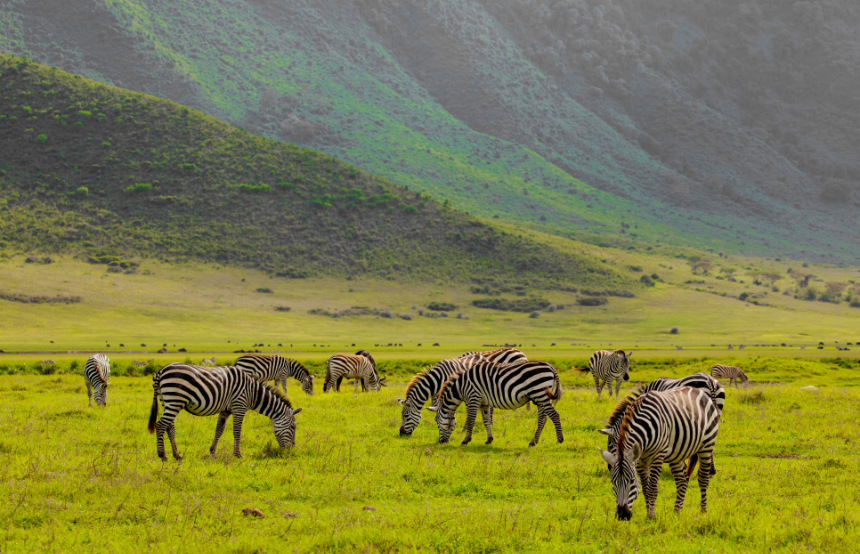
With animal antics and diverse ecosystems galore, Tanzania is blessed with a plethora of desirable safari spots. This beautiful nation provides everything you’d want from a safari holiday, whether you’re a seasoned safari-goer or an eager first-timer. And with 22 national parks to choose from, you’re spoilt for choice. Each has distinct draws, ample game viewing and stunning scenery, so where do you go?
12th April 2024 - Tanzania Safari & Wildlife
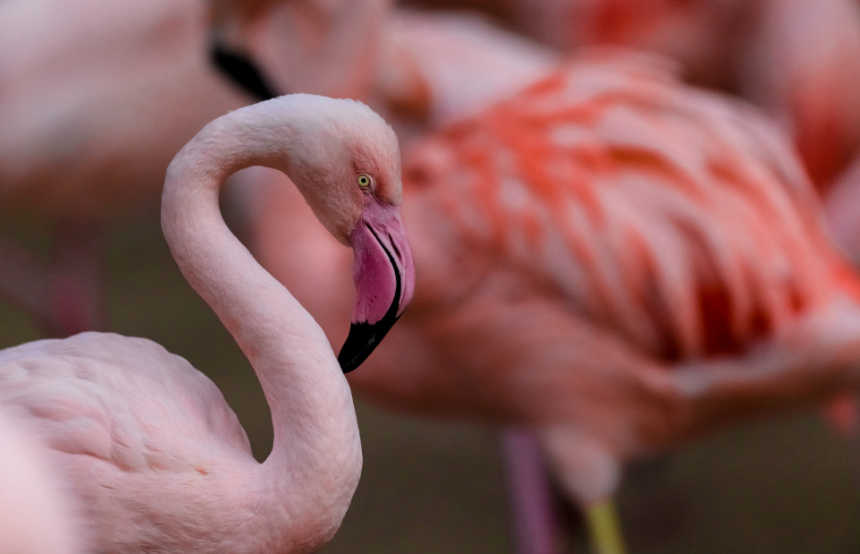
One of the most distinctive birds in the animal kingdom, the flushing flamingo is an intriguing creature. Ranging in colour from pale rose to vibrant coral, flamingos are waterbirds at heart, found in colonies across the globe. Fancy feathers aside, from their special adaptations and marvellous mating rituals to their iconic postures, there’s much more to learn about these elegant birds. Read on for a lesson on the famous pink bird with our top ten flamingo facts… 1.
3rd April 2024 - Safari & Wildlife
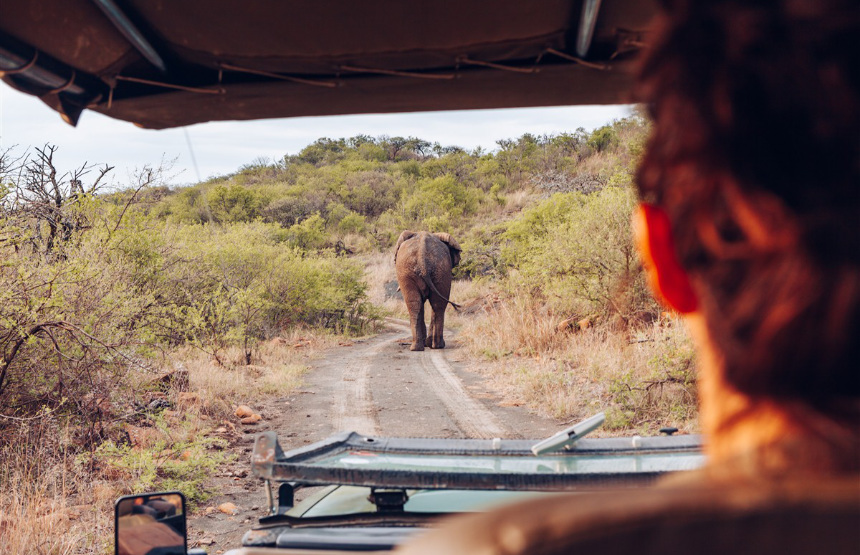
African elephants are arguably the most recognisable animals on the planet (in part due to their colossal size). No safari would be complete without spotting these majestic creatures, the biggest of the 'Big Five' (elephants, rhinos, buffalos, lions and leopards). When you do lay eyes upon one, they’ll likely be travelling in a herd of up to 100 females and youngsters, led by a matriarch. Elephant enthusiasts might be wondering, where are the best places to see African elephants?
25th March 2024 - Safari & Wildlife
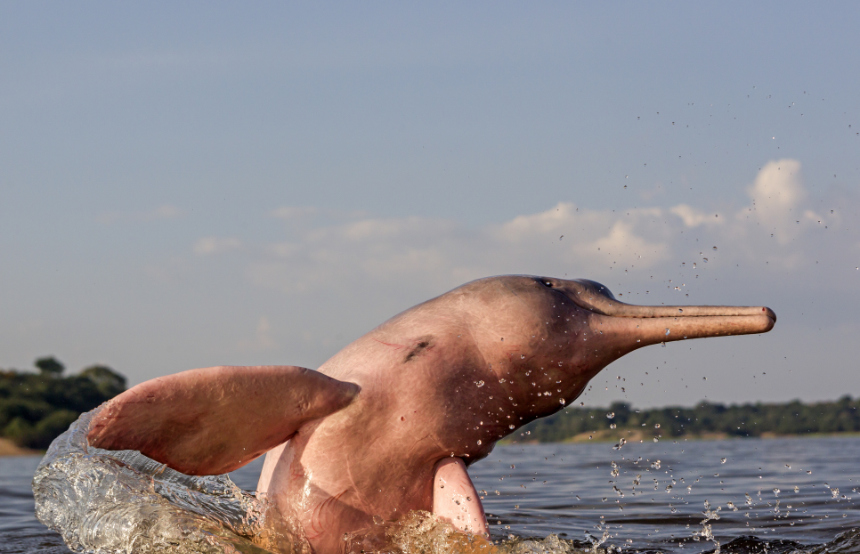
Overshadowed by their oceanic cousins, it’s time the pink river dolphin had a moment in the spotlight. These mysterious mammals are found in South America and belong to the same family (cetaceans) as whales and porpoises. Ready to learn more about these amazing aquatic creatures? Read on to discover our top ten pink river dolphin facts… 1. Freshwater Habitats2. Puzzlingly Pink3. Measure Up4. Different Species5.
22nd March 2024 - Safari & Wildlife
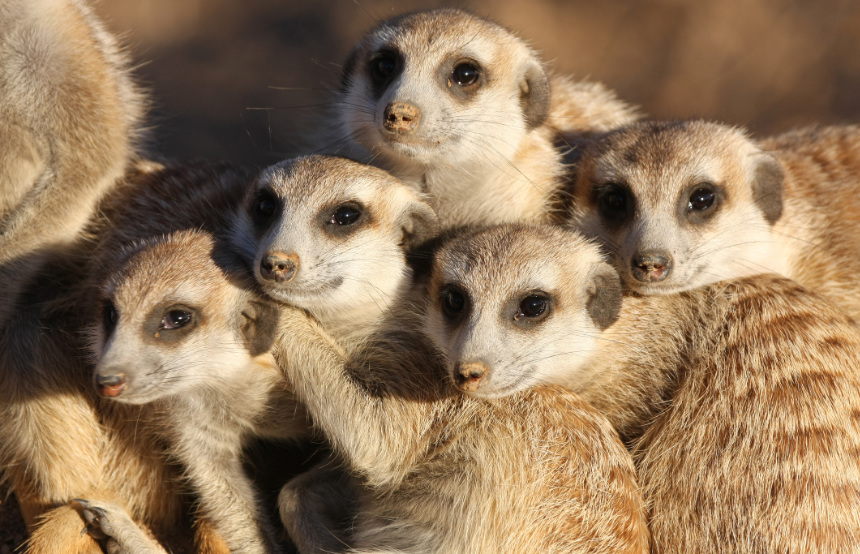
Perhaps the most famous animal in the mongoose family, meerkats are well-known for their perfect posture and adorable appearance. For anyone else who was hooked on the series Meerkat Manor, you’ll know that meerkats are fascinating creatures with bundles of personality. And while you might be more familiar with the dressing gown-clad meerkat from that advertising campaign, read our list of the top ten meerkat facts to become an expert on the real deal.
13th March 2024 - Safari & Wildlife
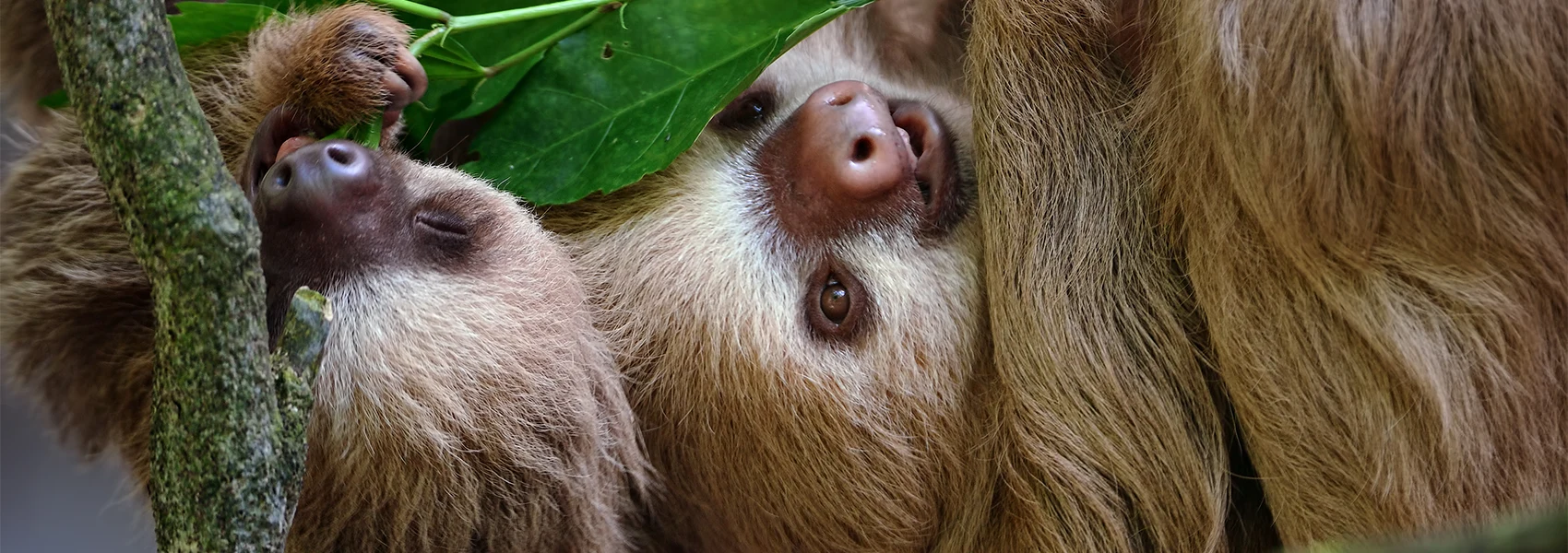
The loveable sloth has found fame as the slowest mammal on the planet. From their algae-rich green fur to their tree-hugging, these intriguing creatures are well worth seeking out in the wild. Dwelling in the humid rainforests of Central and South America, look to the branches to spot the sleepy sloth – which spends between 15 and 20 hours every day in the trees. With the help of our Americas expert, Oliver Rodwell, we’ve shortlisted the best places to see sloths in the wild.
9th March 2024 - Safari & Wildlife
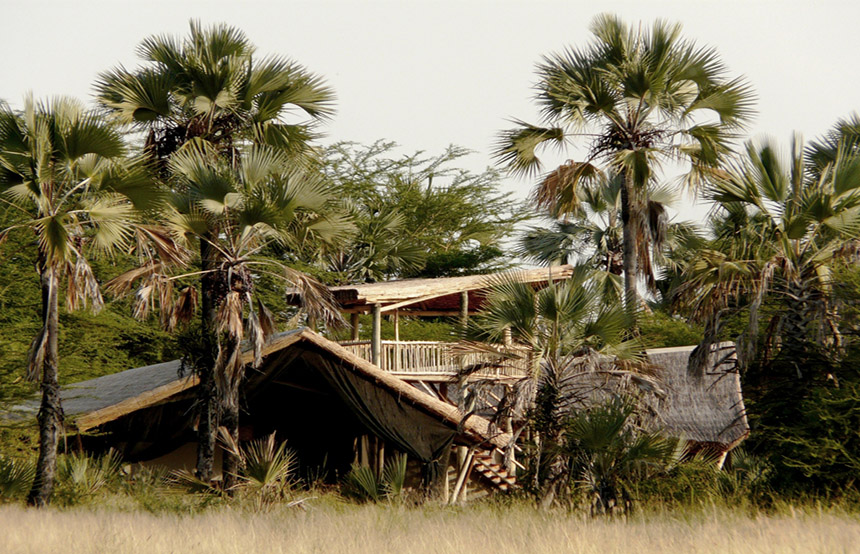
When you think of luxury African safaris, Tanzania deserves to be up there. With more than a third of the country protected, as well as being home to the continent’s highest mountain, its greatest migration and share of its two biggest lakes (Victoria and Tanganyika), Tanzania has a lot going for it – especially in the luxury safari lodge department. While the term 'luxury' can be defined in myriad ways - you may consider it to be opulent gold taps and marble bathrooms or small,
21st February 2024 - Tanzania Safari & Wildlife
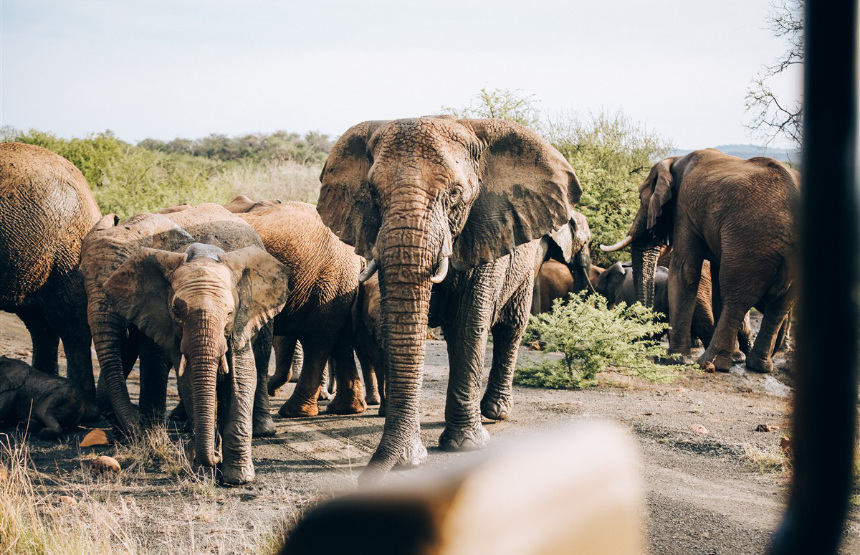
Elephants are the gentle giants of the animal kingdom. Earning a place in one of Africa’s ‘Big Five’ (elephants, buffalo, lions, leopards and rhinos), they are the world’s largest land mammals, weighing up to 6000kg and living for as long as 70 years. They’re also considered one of the keystone species – animals that play a crucial role in shaping the landscape around them. Read on to find out more about these impressive creatures with our roundup of seven cool elephant facts… 1.
14th February 2024 - Safari & Wildlife
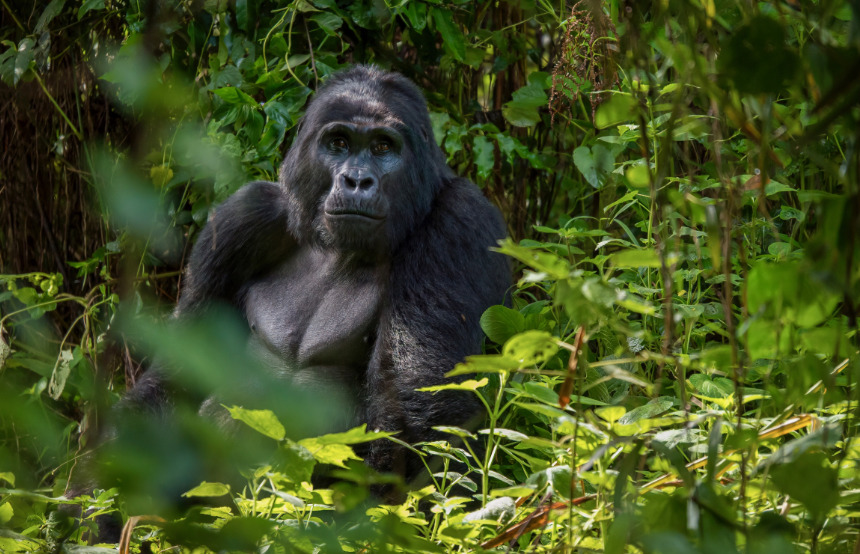
Sharing 98% of human DNA, gorillas are our closest cousins. While spending hours traversing thick forests on foot may not be everyone’s cup of tea, coming face-to-face with a family of wild mountain gorillas is one of the most profound experiences in travel (and one only very few are lucky enough to experience). Although they remain critically endangered, their numbers have been slowly increasing over the years, thanks to effective conservation strategies.
10th February 2024 - Safari & Wildlife
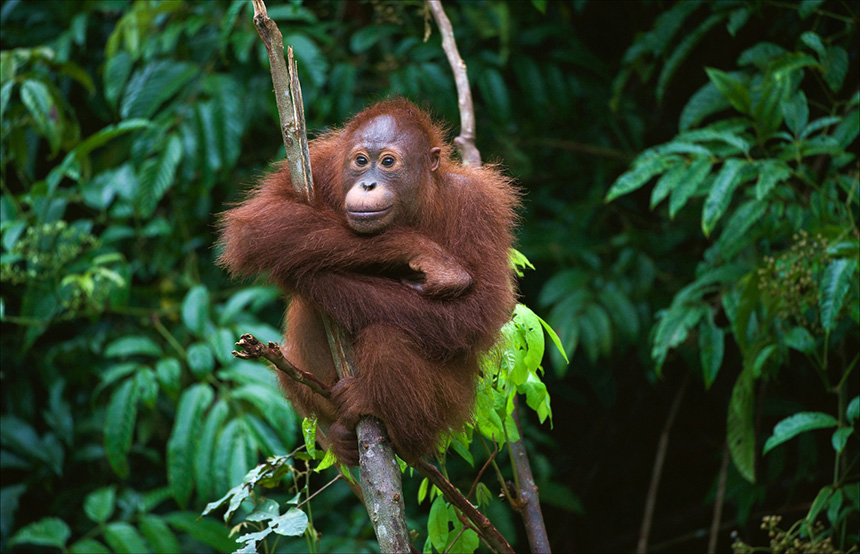
Orangutans aren’t your run-of-the-mill monkey. Tenaciously resourceful, dexterous and agile, these crimson-coloured great apes have more in common with us humans than you think. Yet, despite their intelligence (they’ve been observed making gloves and umbrellas from leaves!), their populations have been in decline since the late 20th century as a result of deforestation and illegal hunting. Our Foundation has long been fighting the good orangutan fight,
7th February 2024 - Safari & Wildlife
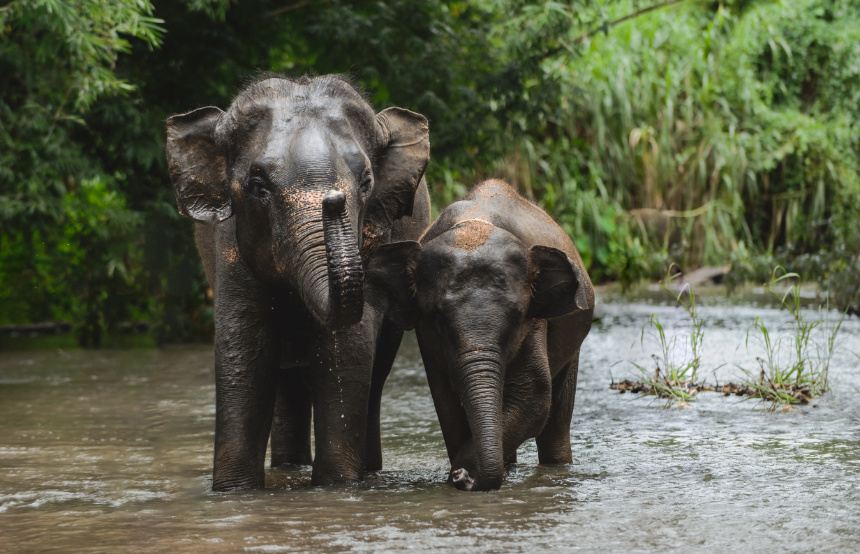
Elephants are important symbols of wisdom and strength throughout Asia. Officially, there are three subspecies of Asian elephants: Indian, Sri Lankan and Sumatran, but some studies cite the Borneo pygmy elephant as another. Particularly revered within Hindu communities, Asian elephants take the title of national animal in India and Thailand. They are also the largest land mammals in the continent and are found throughout 13 countries.
3rd February 2024 - Safari & Wildlife
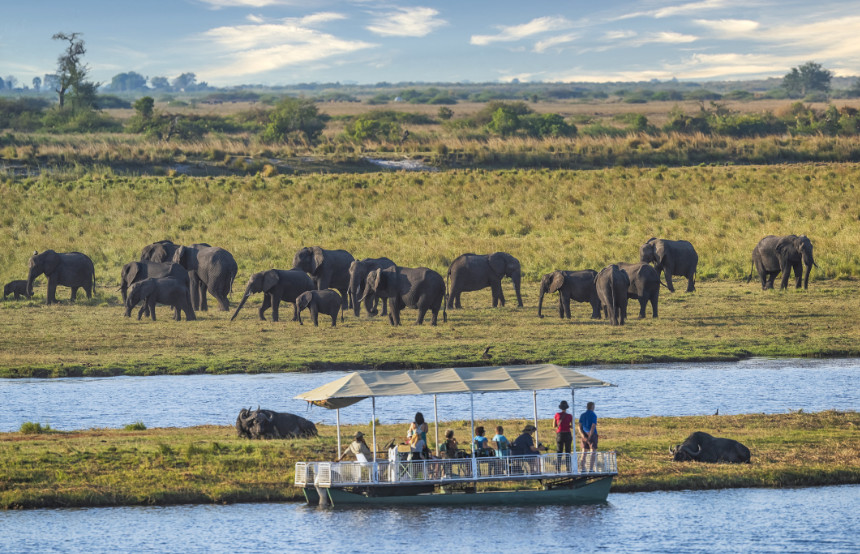
Swap wheels for waves as you celebrate nature’s water-loving animals on a boat safari. Some may say they’re simply game drives on water, but we say they’re more than that; think getting up-close and personal with elephants, otters, crocodiles and hippos, for the most part unphased by the boat’s silent approach. Whichever corner of the planet you find yourself in, the scenic lakes and rivers are sure to be buzzing with brilliant boat safaris.
2nd February 2024 - Safari & Wildlife
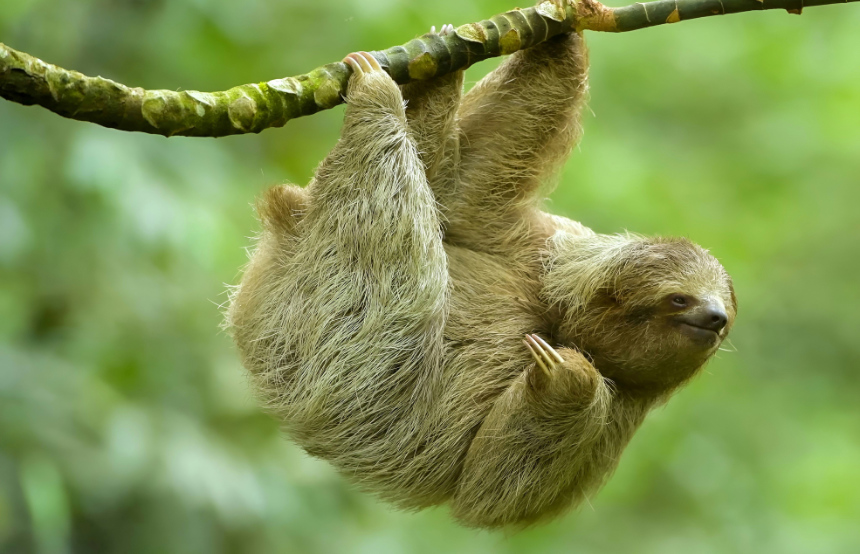
Sloths are admired for their laidback lifestyles, which involves hanging out in the trees and doing very little else. Named after one of the seven deadly sins, these idle animals dwell in the tropical rainforests of Central and South America, drawn to the warm, humid climate that they find in the canopies. And while true that the sleepy sloth spends a lot of time above ground, there’s method in its (lack of) movement.
30th January 2024 - Safari & Wildlife
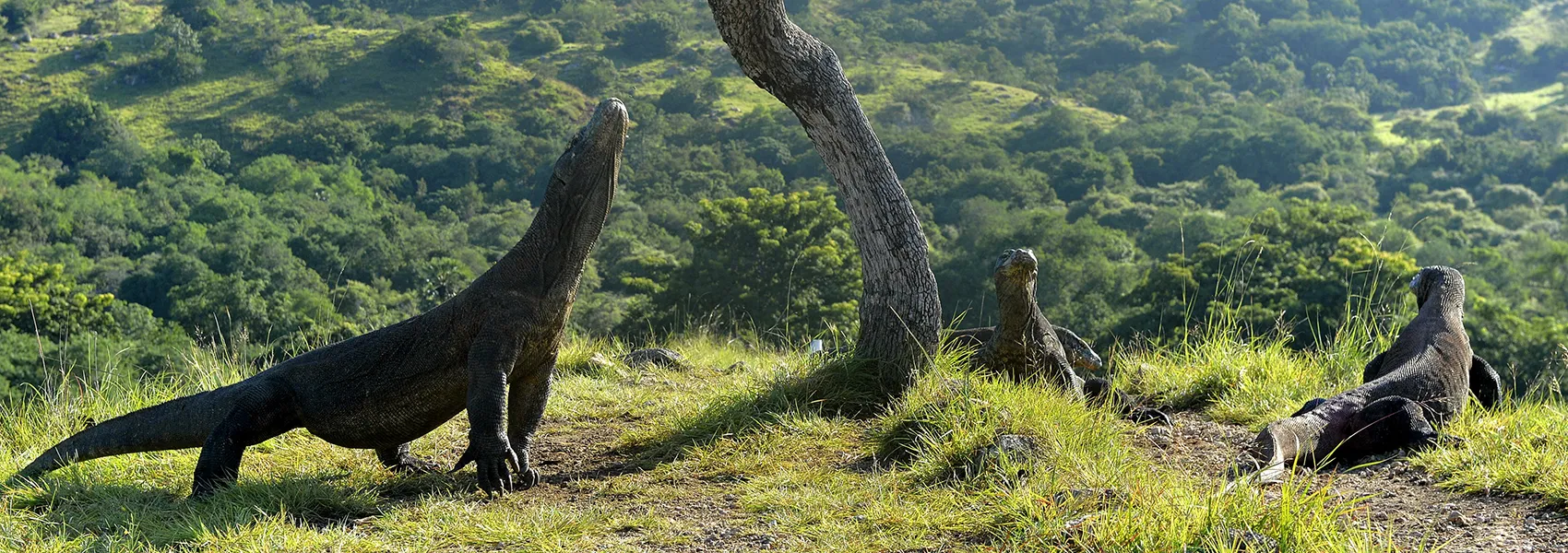
Not to be confused with the fire-breathing, winged variety, the Komodo dragon is a real-life force to be reckoned with. A creature that wouldn’t look out of place in Jurassic Park, the Komodo dragon, or Komodo monitor, was first documented in 1910. But don’t let its prehistoric persona lull you into a false sense of security: the Komodo dragon is anything but primitive. To learn more about this fascinating species, read on to discover our list of the top seven Komodo dragon facts… 1.
17th January 2024 - Indonesia Safari & Wildlife
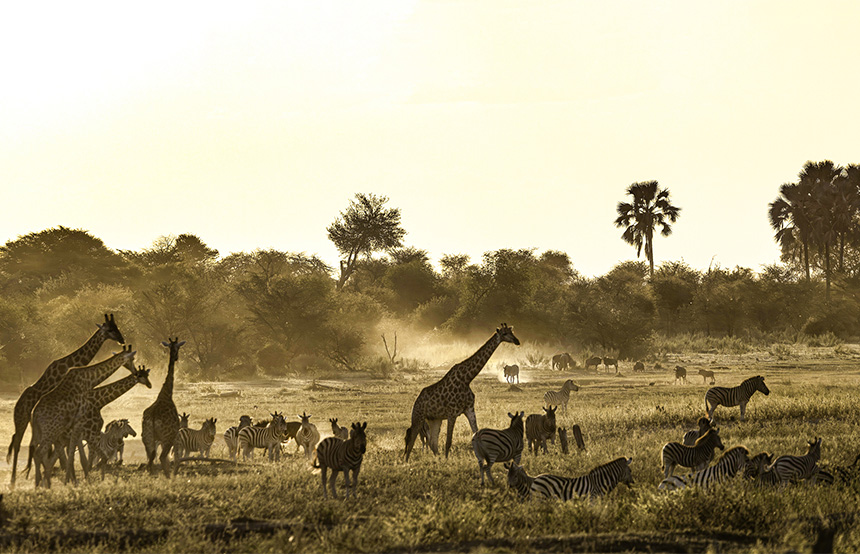
A supreme safari destination where vast desert meets lush delta, Botswana is full to the brim with bucket-list landscapes and stop-and-stare scenery. From national parks where the wildlife will win your heart to surreal salt pans where you can slumber by starlight, landscapes in Botswana are once-in-a-lifetime wonders – until you plan your return visit, that is (it might be hard to resist). Read on for our round up of the most picturesque places in this gem of a country.
4th January 2024 - Botswana Safari & Wildlife

These flightless aquatic birds are found almost exclusively in the southern hemisphere, ranging from the tropical Galapagos Islands to the extreme cold of Antarctica. Highly adapted to life in the water, their wing bones are more like flippers, which makes them better suited to swimming than flying. With fictional faces seen in Pingu and Madagascar, these tuxedoed birds are endearing to watch as they slide on their bellies across snow, play among the waves in search of fish and huddle in colonies to keep warm.
25th September 2023 - Safari & Wildlife

At Original Travel, we’re not afraid to go against the grain. In fact, we actively seek it, which is why we’re championing low season in Kenya (which falls from April to June). We know it’s the country’s rainy period and are well aware that its wildlife watching opportunities aren’t quite as good as say January or February, but what wet season offers that no other season does is simply unparalleled.
8th September 2023 - Kenya Safari & Wildlife
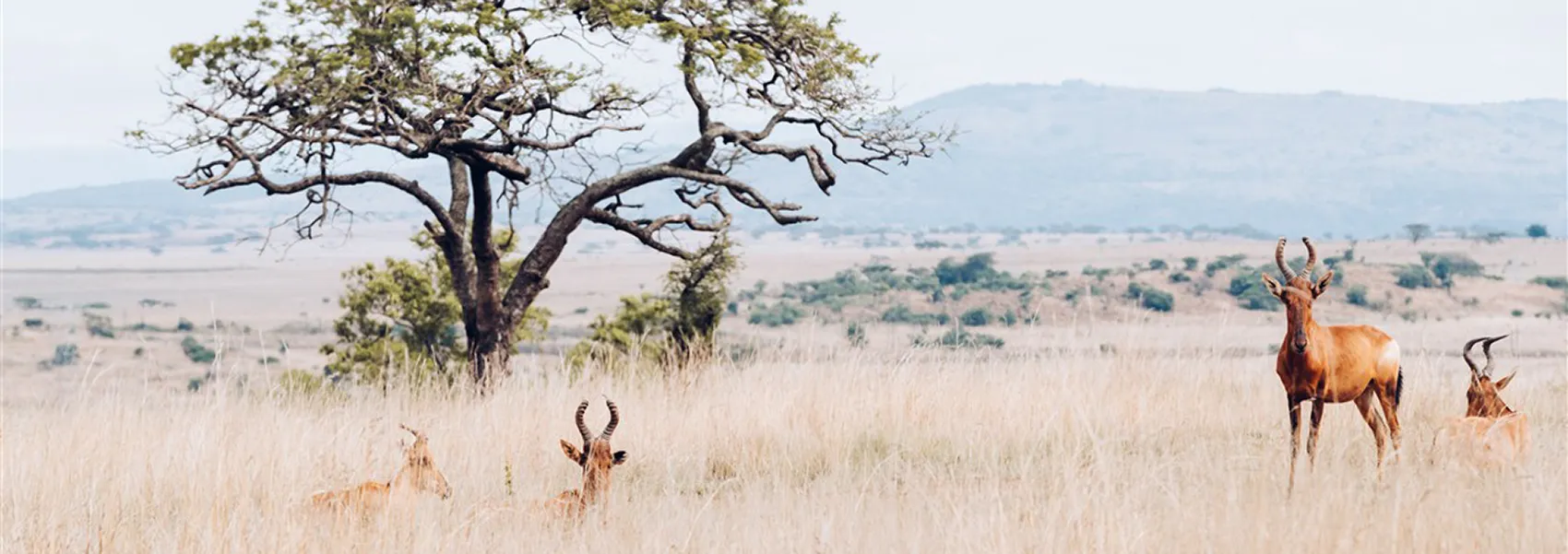
Deciphering the most beautiful safari destinations in Africa is like pondering your favourite type of sweet. An impossible task – especially when standing in front of a cinema’s concession stand with only five minutes until the film starts. But we’ve put our heads together and asked our safari experts to come up with a list of the most jaw dropping, out of this world African safari spots that’ll have you questioning how Mother Nature made them.
11th August 2023 - Safari & Wildlife

Those who’ve had the pleasure of spending time in the company of sea turtles will agree they are rather captivating. Perhaps it’s the way they glide so effortlessly through warm waters, or maybe it’s their kind temperaments and ancient roots, but whatever it is, they seem to have cast a magical marine spell over us. You’d think that since these majestic creatures migrate thousands of miles each year, it would be fairly easy to catch a glimpse of them, but due to their falling numbers, sadly it’s a little trickier.
21st July 2023 - Safari & Wildlife
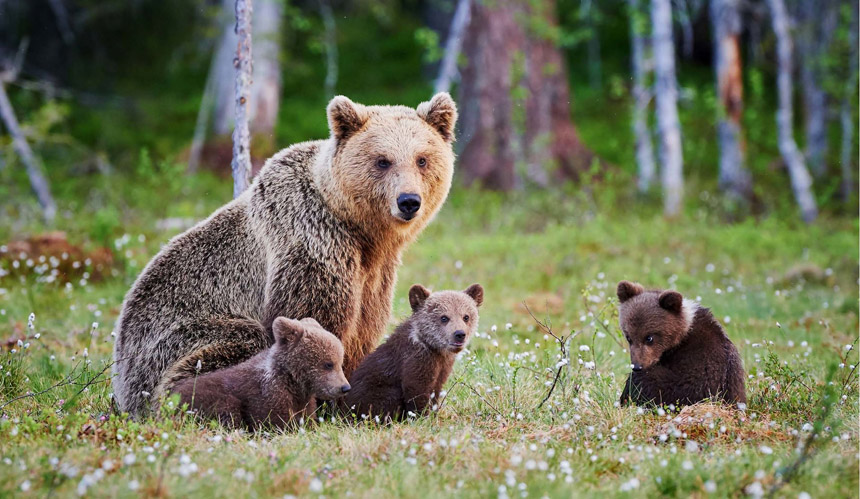
With famous faces ranging from Paddington to Baloo, these solitary animals loom large across the globe both figuratively and literally. Bears are found mostly in the Northern Hemisphere, with the exception of Paddington's relatives, spectacled bears, which live in the cloud forests of South America (including, of course, deepest, darkest Peru). Grizzly and black bears are found extensively across Canada and parts of the US, while polar bears are restricted to the Arctic, and have slightly different characteristics and adaptations that help them survive here.
28th June 2023 - Safari & Wildlife
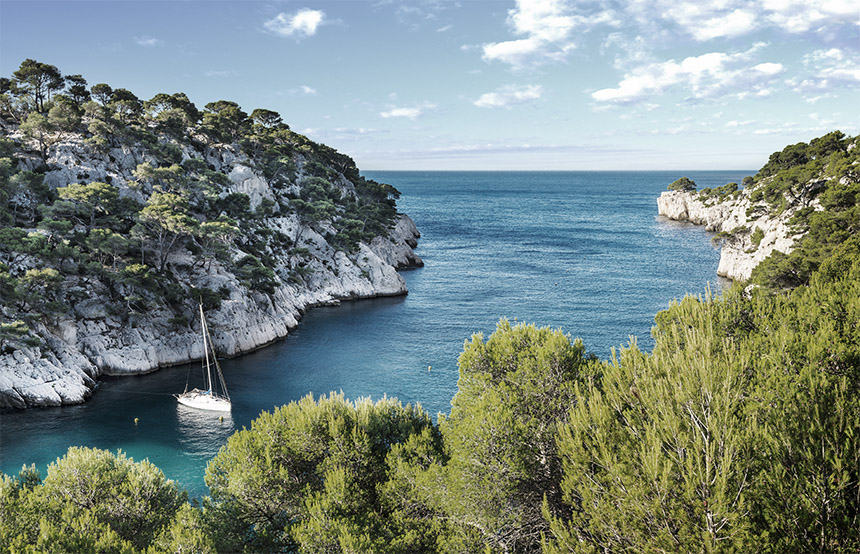
Often overlooked in favour of popular tourist haunts like Paris and Bordeaux, the national parks of France have mostly been the stomping ground of local hikers and mountaineers. That said, alpine and coastal parks like Calanques on the French Riviera and Vanoise in the heart of the Alps are finding themselves ever more attractive to nature-loving globe trotters. And it’s not hard to see why: France’s national parks offer acres upon acres of diverse unspoilt nature just a short drive away from popular towns and cities.
19th June 2023 - France Safari & Wildlife
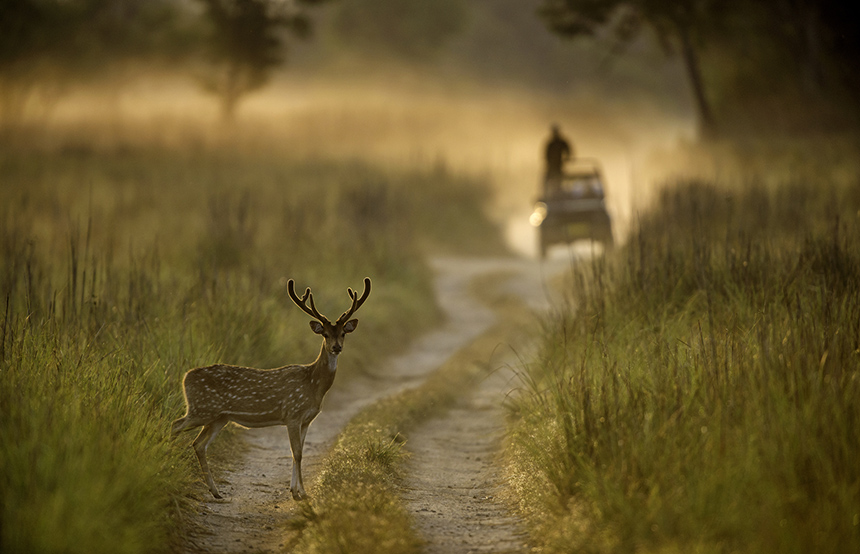
If you’re itching to whip out your camera and try out your best David Attenborough voice-over, a holiday to India should be top of your travel list. This huge country is one of 17 megadiverse countries in the world (countries that have extreme biodiversity) and as such, the wildlife in India is simply spectacular. Read on to learn about just some of the amazing creatures that call this country home.
19th April 2023 - India Safari & Wildlife
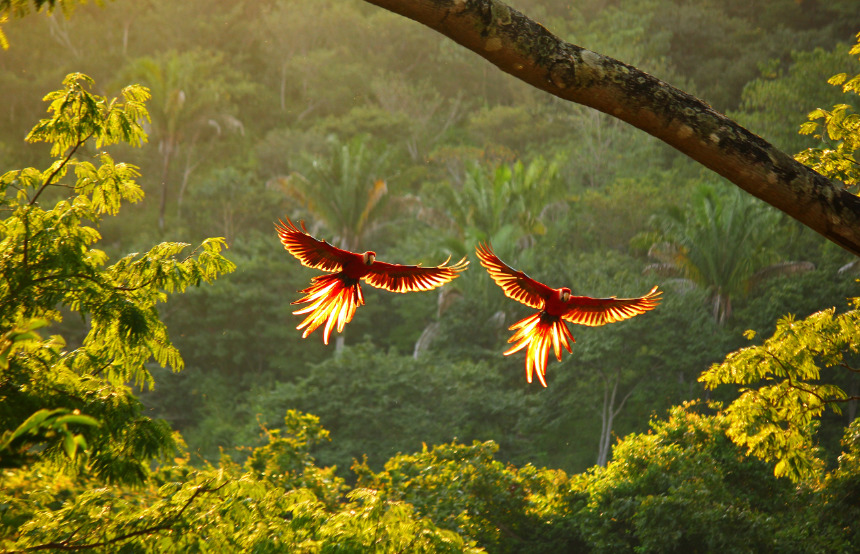
If you’re stork raven mad about birds, you’ve come to the right place. Costa Rica is home to some truly im-peck-able birdwatching sites and unusual species that will make your heart soar. Now, we’re sure you don’t have time to learn about all 903 of Costa Rica’s bird species (never mind listen to more terrible puns) but this roundup of some of our favourites should give you an idea of the wonderment that awaits in Costa Rica’s canopies, mangroves and gardens.
15th April 2023 - Costa Rica Safari & Wildlife
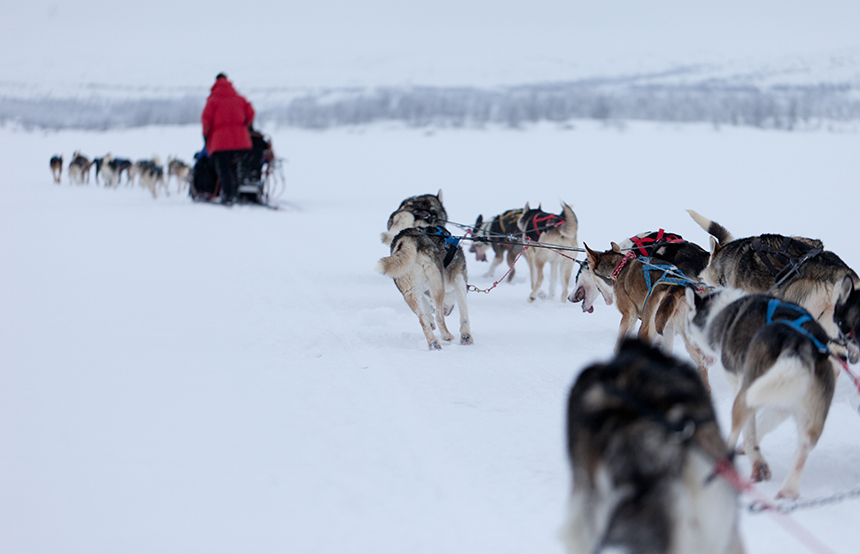
Home to Father Christmas and some of the cleanest air in the world, Lapland deserves a spot on your bucket list. This region spreads across four countries (Norway, Sweden, Finland and Russia) and harbours its own kind of icy magic. Aside from exploring in Santa’s sleigh itself, there’s no better way to experience the sights and sounds of this peaceful place than by climbing into a sled pulled by happy huskies and letting them guide you through untouched forests and across frozen lakes.
12th April 2023 - Sweden Safari & Wildlife
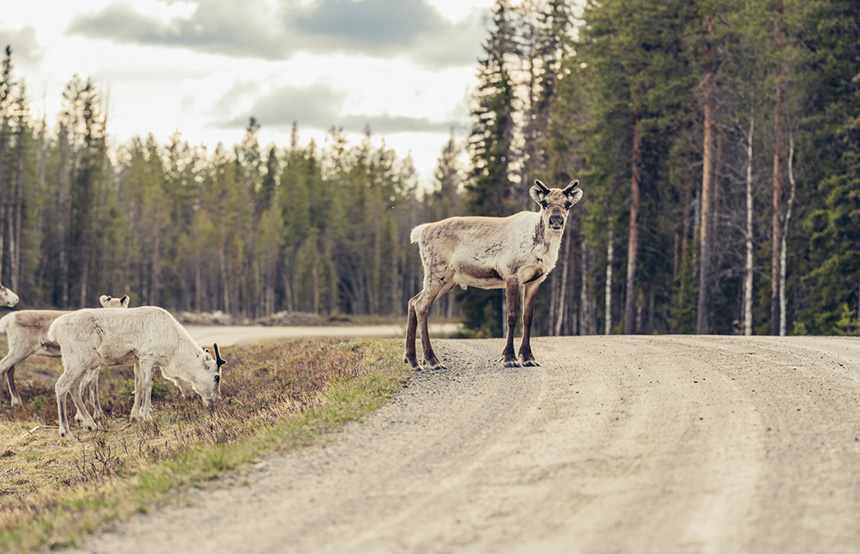
Sweden is a compelling wildlife destination, with large areas of preserved wilderness — thick moss-blanketed forests, mirror-still lakes, scenic rivers and vast wetlands — that are home to a huge variety of species, including majestic moose, brown bears, Arctic wolves and the elusive lynx. With an impressive 30 national parks, it’s the ideal place to get up close and personal with beautiful animals.
11th April 2023 - Sweden Safari & Wildlife
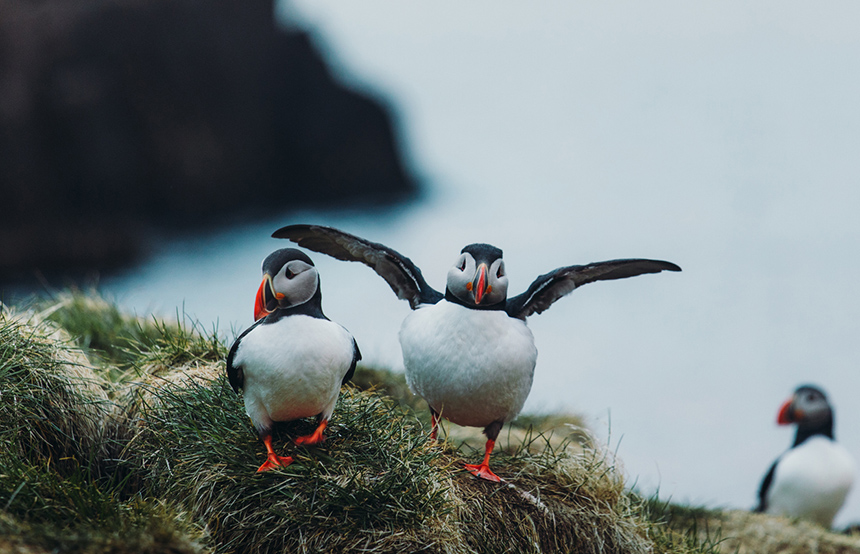
Iceland has a mysterious air. Midnight Sun, moody cliffsides and Tolkien-esque landscapes all contribute to a magical energy that’s only compounded by the incredible creatures that live here. Whether unusual birds or intriguing mammals, the wildlife in Iceland is one of many reasons to visit this captivating country that never fails to surprise. Read on for our list of what creatures to look out for as you journey through the land of fire and ice.
10th April 2023 - Iceland Safari & Wildlife
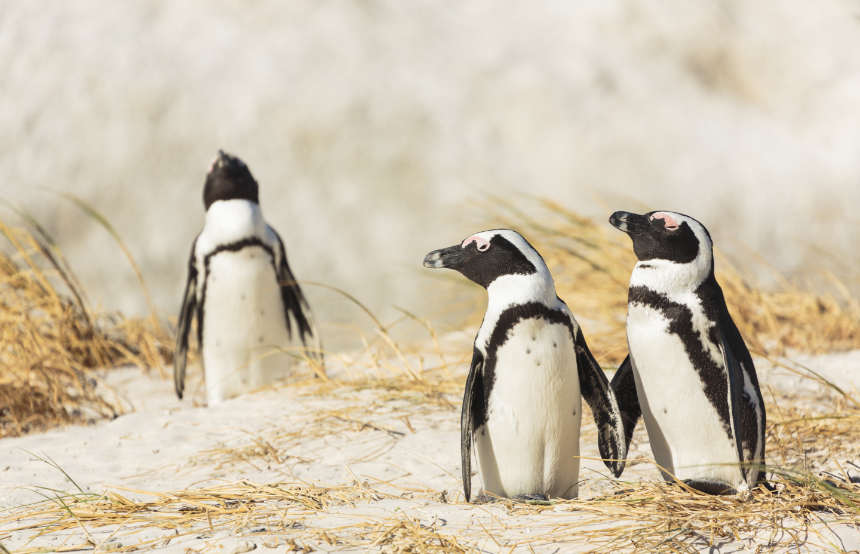
The Big Five are the original rockstars of the safari circuit, habitually hogging the limelight and drawing crowds from far and wide. If you’re lucky enough to have traversed the African plains in a 4x4, you’ll likely have seen one of its esteemed members (namely lions, leopards, rhinos, buffalos and elephants) strutting about their stage-like savannah. But look beyond this longstanding supergroup and you’ll find a new line-up of acts emerging.
16th March 2023 - Safari & Wildlife
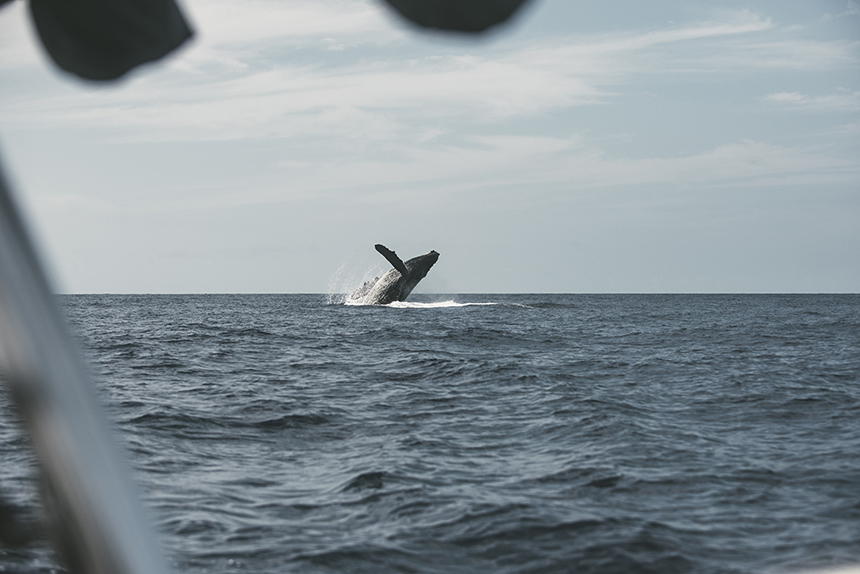
It’s no mystery why whales, a family of creatures that contains some of the oldest, largest mammals on the planet Earth, attract wonder and fascination from us tiny human beings. Even more incredible is that despite their differences from humans in size, shape, and habitat, the behaviour of whales is strangely comprehensible to us; between the complex songs they sing, and their often tightly-knit social and family units, it’s easy to romanticise these gentle giants.
30th January 2023 - Costa Rica Safari & Wildlife
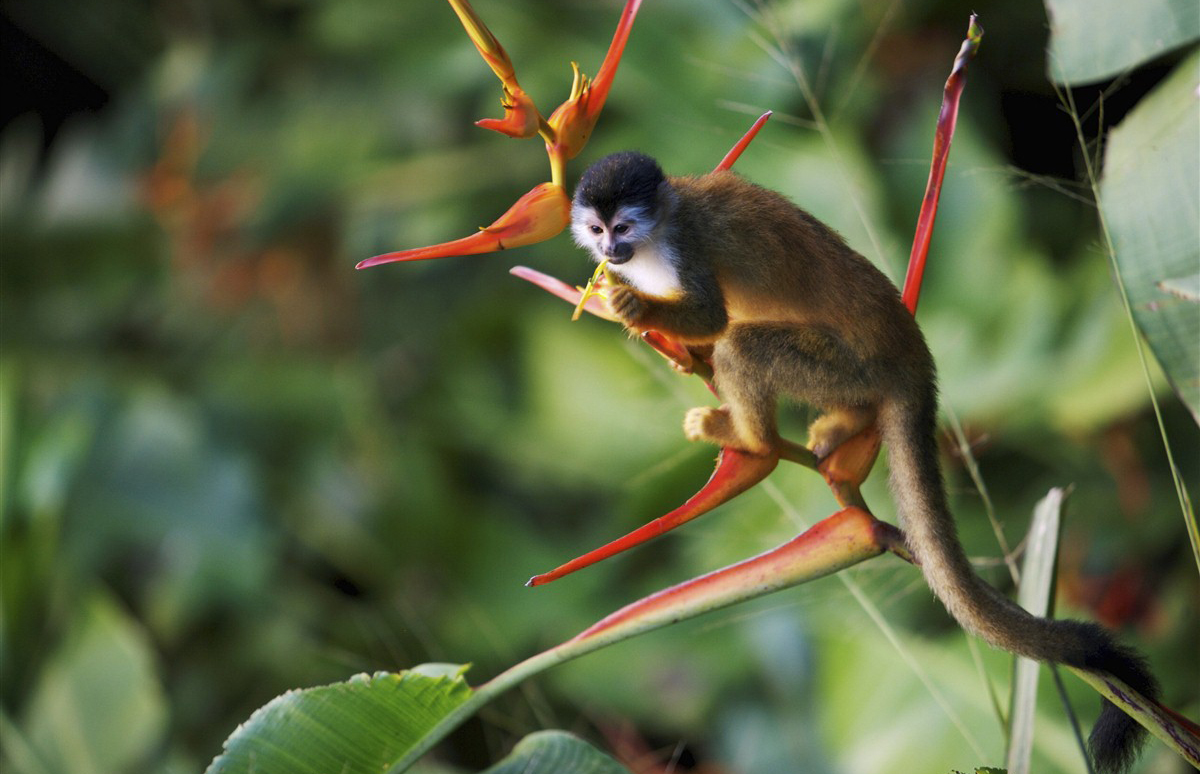
Despite its teeny, tiny size, Costa Rica packs a mighty punch when it comes to exotic wildlife. In fact, the land of Pura Vida (Pure Life) comes in at number eight for the world’s most biodiverse countries by landmass. There are around 500,000 species that call Costa Rica home, which represents around four percent of the total species worldwide. The extraordinary wildlife can be admired under the canopy of the rainforest, on the lush slopes of volcanoes and in the depths of the ocean.
26th January 2023 - Costa Rica Safari & Wildlife
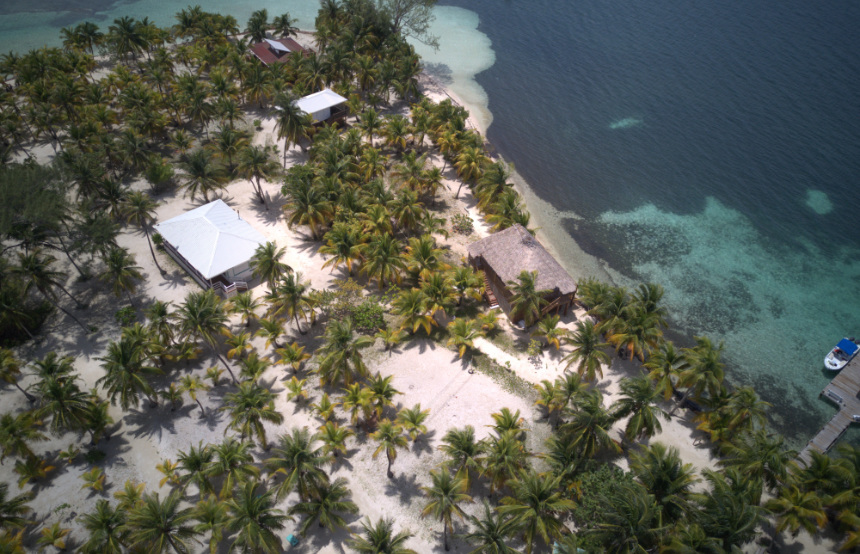
Despite Belize’s pocket-sized proportions, the Central American marvel packs a punch when it comes to encounters of the wild kind. Tucked between Mexico and Guatemala, the nation only just exceeds Wales in terms of size, yet its dense jungle landscape and superlative barrier reef play host to all manner of flora, fauna and marine life. Tropical forest engulfs about 60% of the country, while over a quarter of its total land area is designated to conservation through a network of national parks and nature reserves; it’s no wonder that wildlife thrives here.
13th January 2023 - Belize Safari & Wildlife
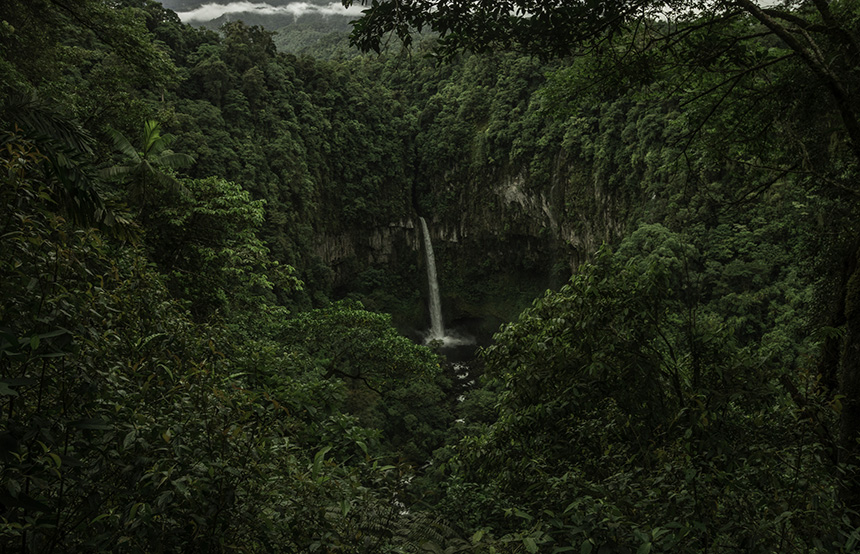
Sandwiched between Nicaragua and Panama, with the Pacific to the left and the Caribbean to its right, Costa Rica feels like the filling of all sandwich fillings. Jam packed with a wilderness and wildlife so rich that a quarter of the country has been decreed protected areas, this is the land where nature prospers. From Tortuguero’s maze of winding canals and burgeoning sea turtle population (that have since earnt the national park the moniker ‘Little Amazon’) to Isla del Coco’s tropical forest and waters,
9th January 2023 - Costa Rica Safari & Wildlife
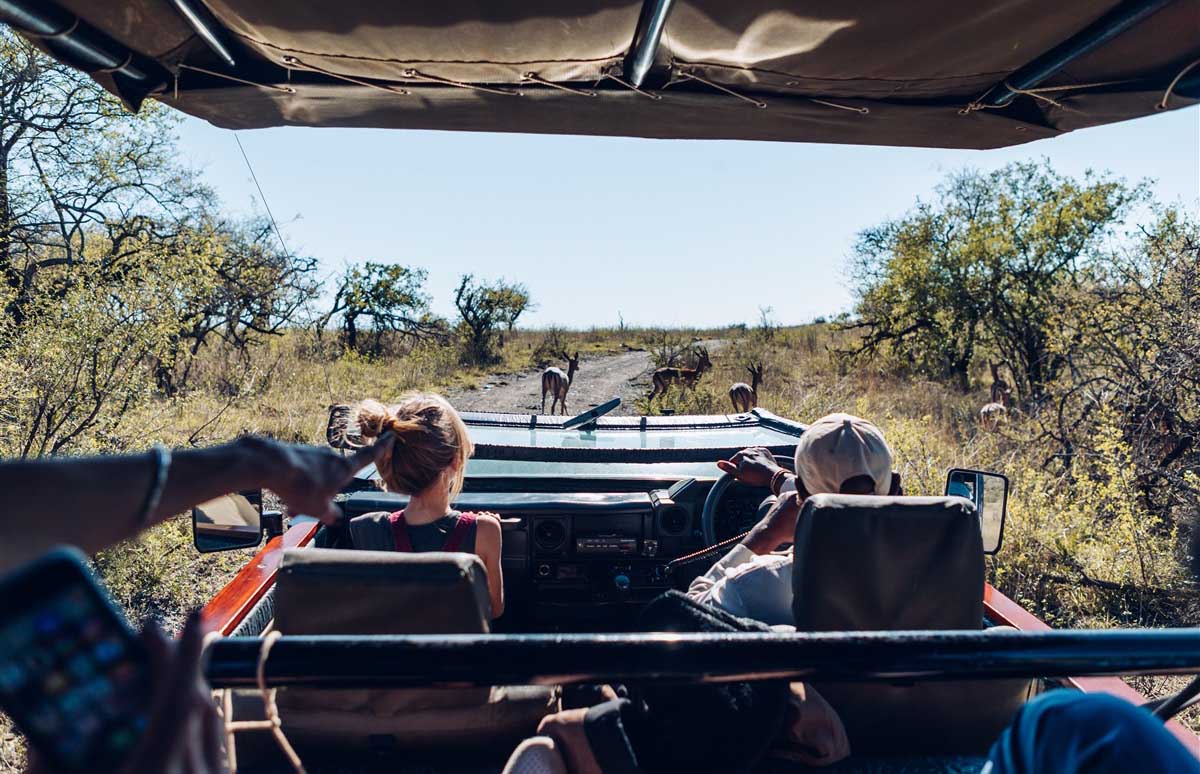
You’ve likely heard of the famous Big Five, a must-see list of some of Africa’s most well-known animals, grouped together as they were traditionally the most difficult animals to hunt (we’re talking elephants, buffaloes, leopards, lions and rhinos), but what about the Little Five? While these lesser-known tiny creatures aren’t likely to be at the top of your safari-spotting list, they do offer a broader perspective and appreciation for the wildlife that exists beyond the famous big game.
4th January 2023 - Safari & Wildlife
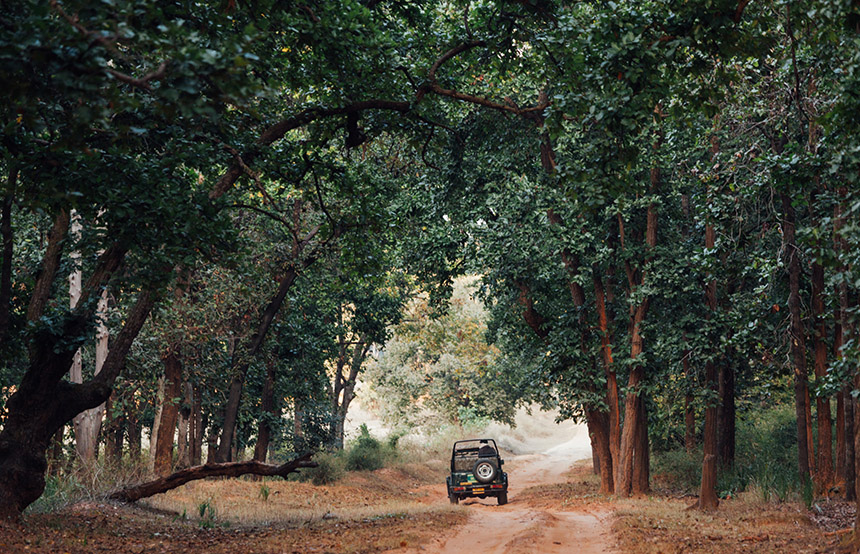
National parks probably aren’t the first thing that come to mind when you think of planning a holiday to India, but go with us on this one. Spanning 17,132 square miles and home to half the world’s tiger population and more mammals and reptiles than you can count, national parks in India are the definition of a fauna free for all. Yet what is even more staggering than its impressive statistics (did we mention they also protect 60% of the world’s Asian elephants and over 1,360 bird species?
30th December 2022 - India Safari & Wildlife
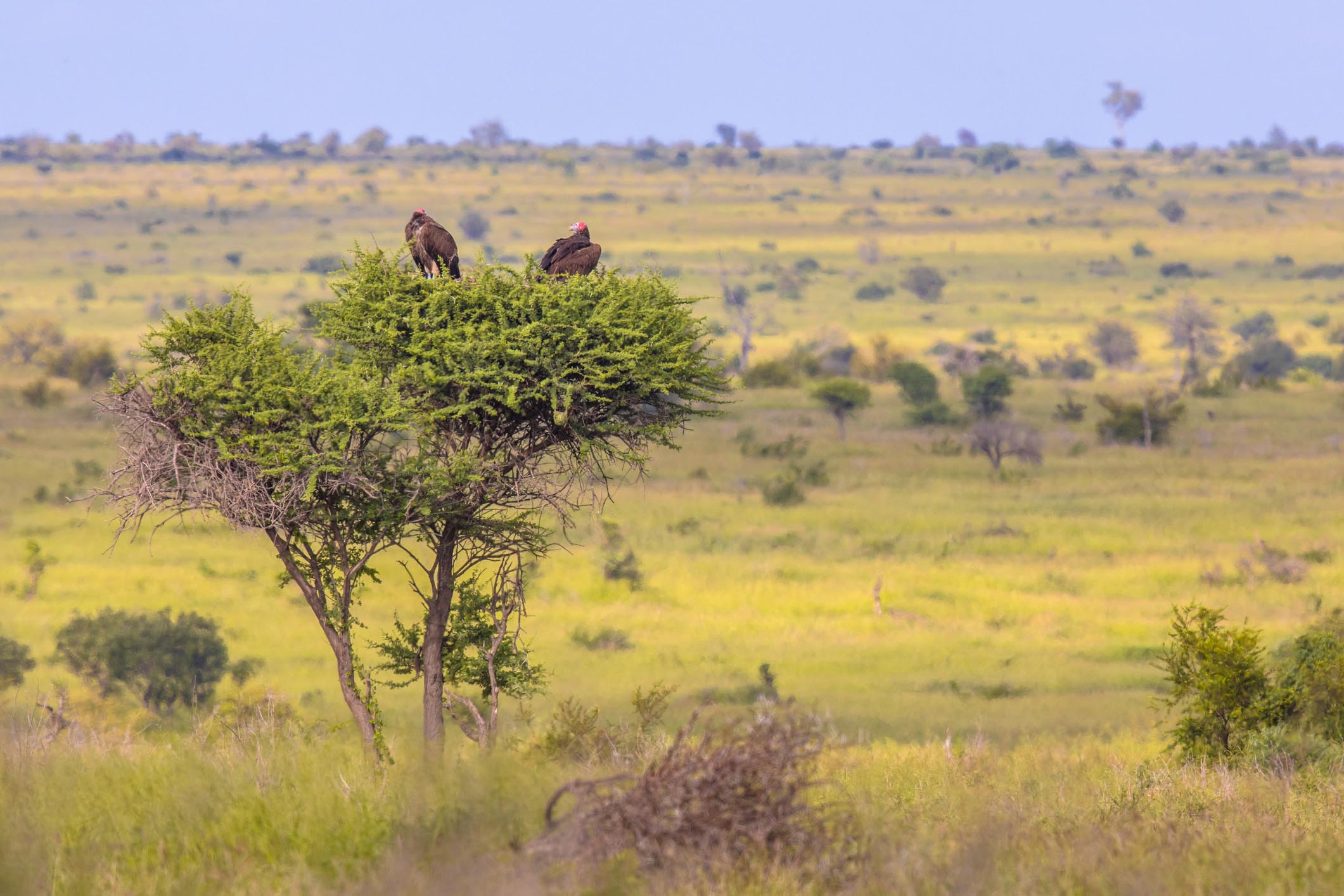
Safari bucket lists typically feature the big ticket items such as spotting herds of majestic elephants, watching lion cubs play or catching a glimpse of a leopard lazing high up in a tree. Few hurry to the African plains to watch wildebeest dance or to catch a whiff of a Marabou Stork. But the Ugly Five (wildebeests, warthogs, vultures, hyenas and marabou storks), as they have been coined due to being - to put it brutally - the ‘ugliest’ animals in Africa, are just as spectacular as the Big Five (lions, leopards, rhinos, buffalos and elephants), but in their own unique ways.
26th December 2022 - Safari & Wildlife
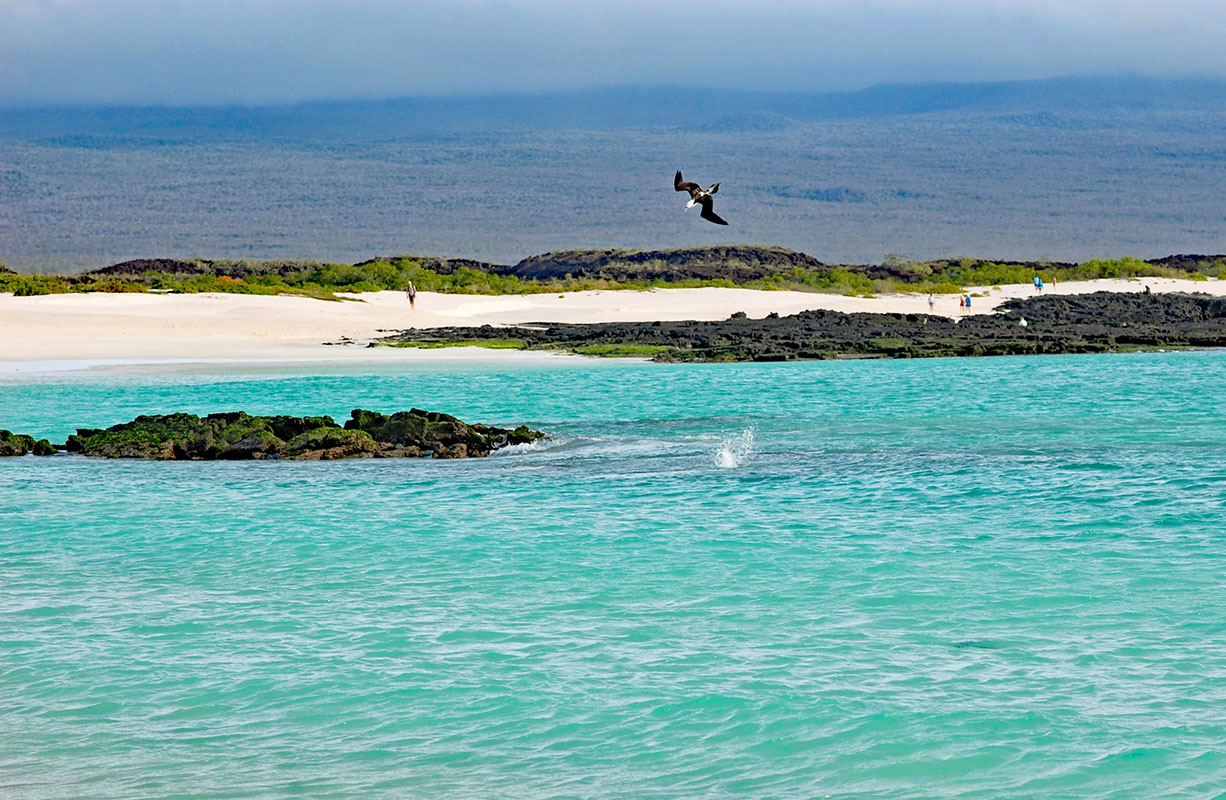
Picture this: you’re meandering slowly over bulbous mounds of volcanic rock and past spiney skeletons of half dead trees, all the while keeping your eyes peeled for the distant silhouette of an enormous domed-shell creeping slowly along the horizon. The air is dense with birdsong, plunging you straight into a David Attenborough documentary and leaving you with a sense that wildlife in the Galapagos Islands really is like nothing else in the world.
20th December 2022 - Ecuador Safari & Wildlife
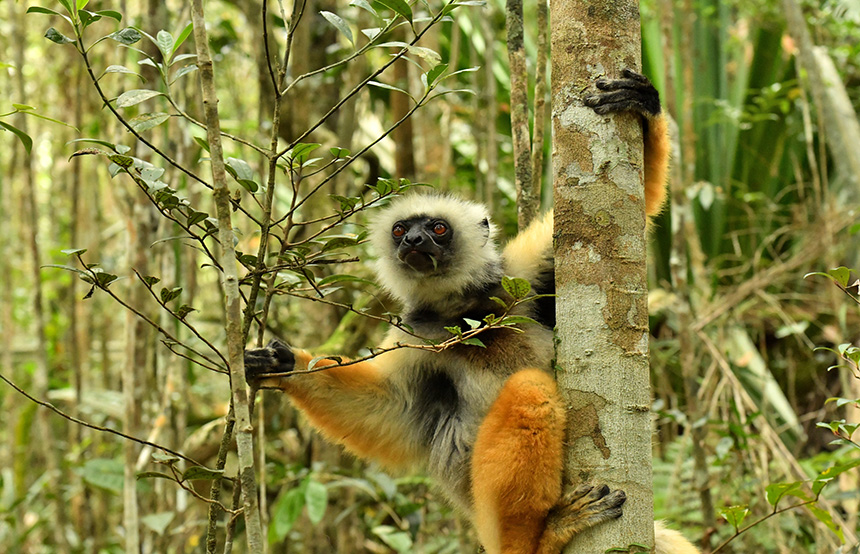
Madagascar can often feel like the forgotten member of Africa’s boy band. Slotting into the same category as George Harrison, John Deacon and Charlie Watts, it has long been happy for its front men, namely Morocco, Egypt and South Africa, to steal the show. Yet, as the fourth largest island in the world, home to 5% of all known animal and plant species, it could only be expected to hang backstage for so long.
28th November 2022 - Madagascar Safari & Wildlife
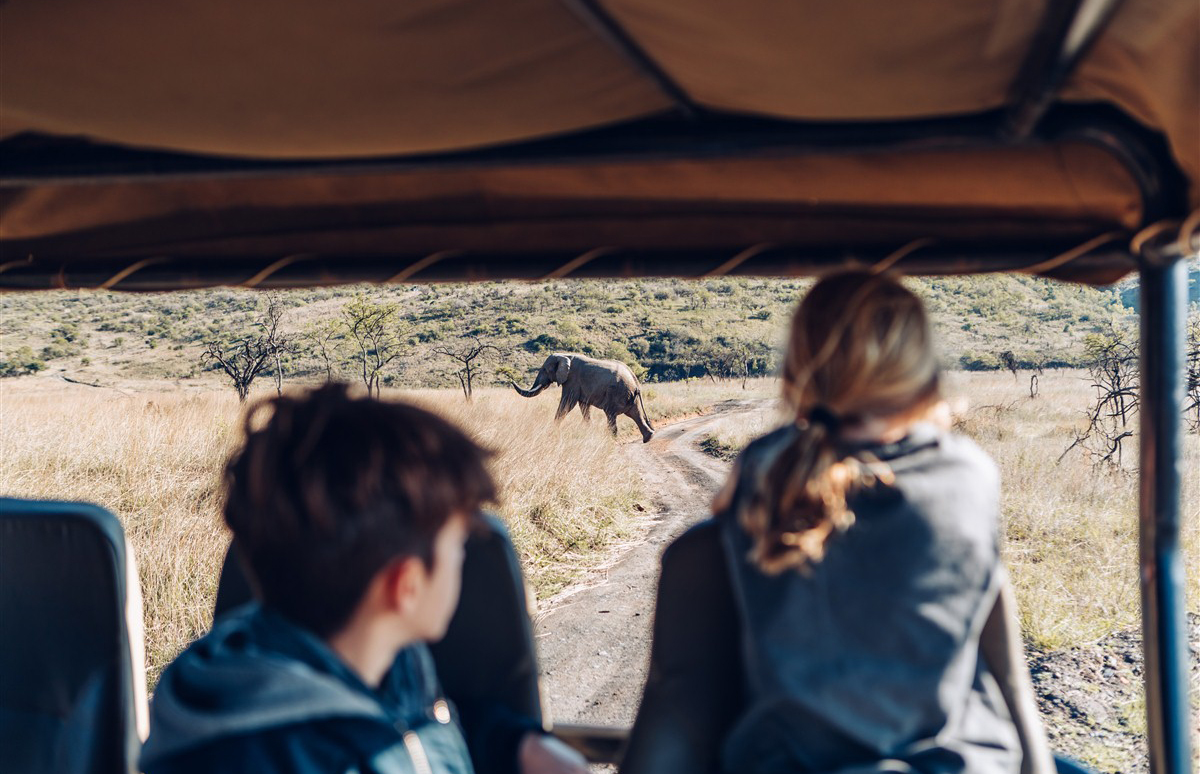
Africa’s safari destinations (and the beasties therein) are spectacularly photogenic, but if you’ve ever been subjected to a friend or relatives’ photos of barely discernible animals in the far-off distance, you’ll know that capturing the scene is far from simple. From blurry big cats to thumb-covered lenses, learning the art of picture-perfect photography can seem like a tough task. Especially when you’re met with overly complex technical jargon, that can leave you clueless and reaching for a photography guide for beginner's.
17th November 2022 - South Africa Safari & Wildlife
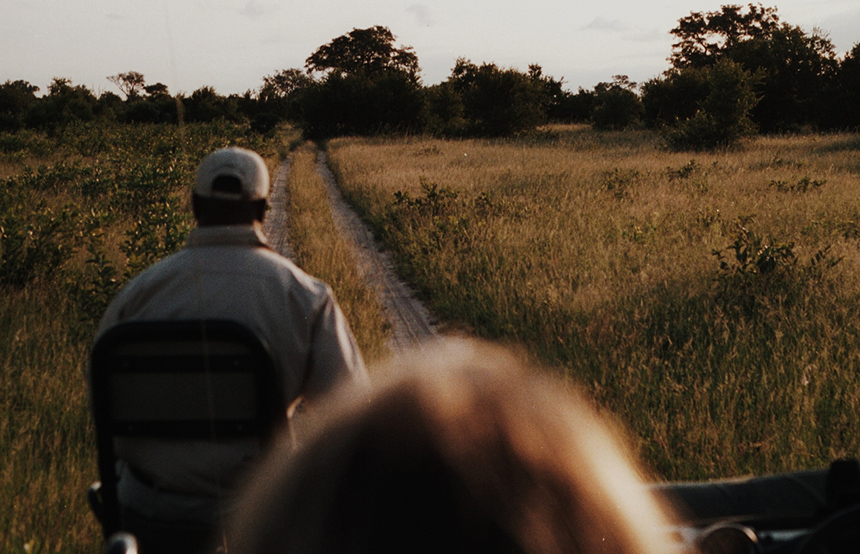
A safari guide should make you feel as though you are slap bang in the middle of a David Attenborough documentary. Whether you are on a honeymoon adventure, a family expedition or a solo trip of self-discovery, safari guides will help you connect with the bush on a deeper level whether that be on foot, on horseback or in a rumbling 4x4. A good guide can make a massive difference to your experience, ensuring you see as much wildlife as possible while teaching you about the wider ecosystem too.
10th October 2022 - Safari & Wildlife
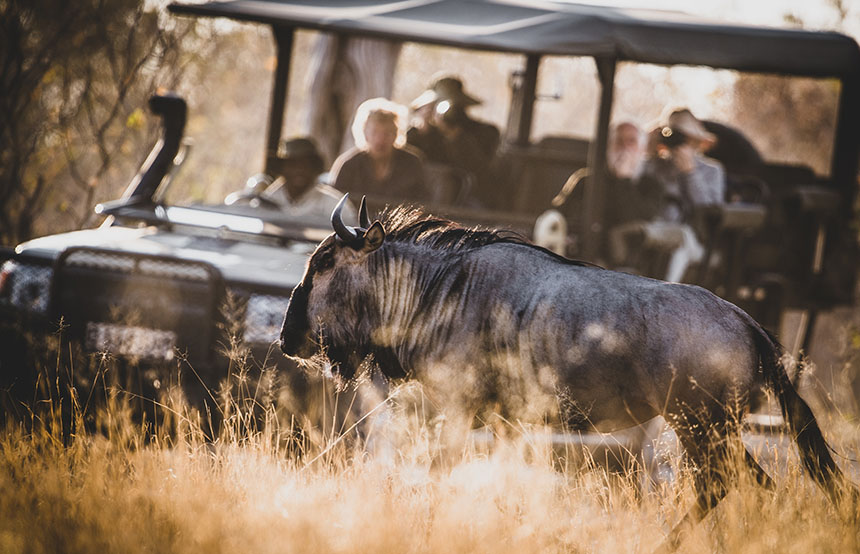
There is a long-standing debate in science and society about ‘nature versus nurture’. Science thinks it’s all down to DNA and genes, while sociologists believe it’s all in the hands of environmental factors. But in Namibia and Botswana where 600-foot-high sand dunes look like they’ve been chiseled to perpendicular perfection by god himself and the winding waterways of the Okavango Delta splay like delicate lung arteries, it feels that there is an argument for both.
6th September 2022 - Safari & Wildlife
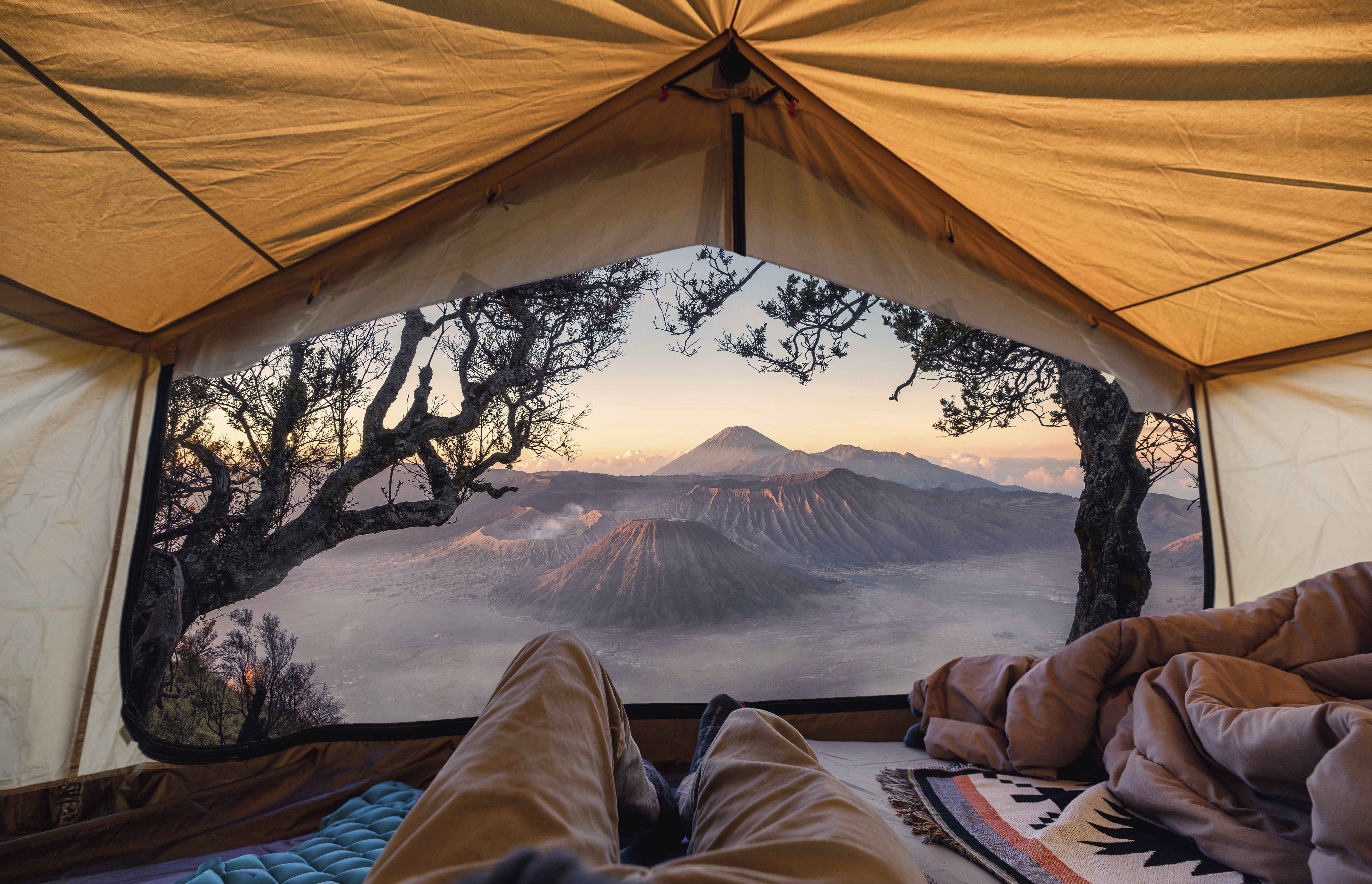
Asia’s vast landscapes are wonderfully wild and varied, tangling their way across the continent, with each tall tree, twisting vine and body of water offering a different story and ecosystem that you’d be hard pushed to find elsewhere. That’s why it should come as no surprise that keen explorers owe it to themselves to journey to one of the many national parks that inhabit this remarkable collection of countries.
5th September 2022 - Safari & Wildlife
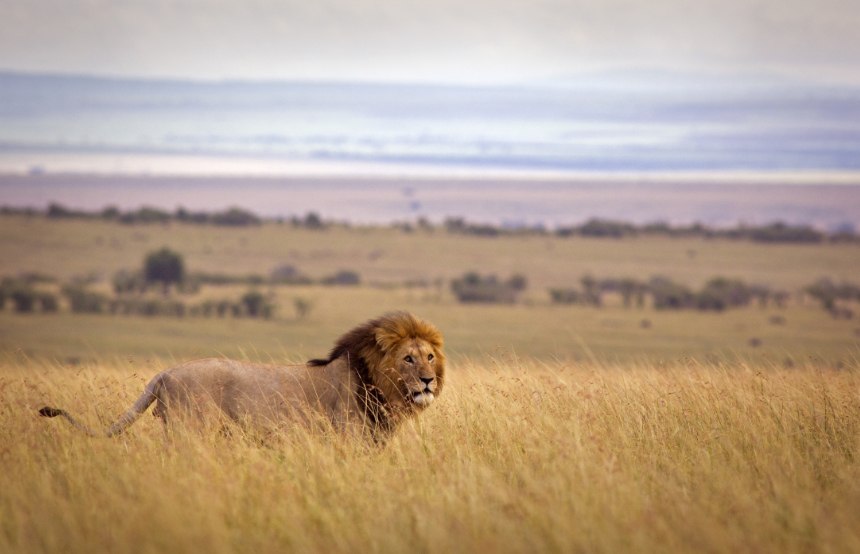
Despite being crowned the ‘Kings of the Jungle’, lions can often be trickier to spot in the wild than one might expect. However, if you know where to look it’s possible to catch sightings of these majestic big cats in their natural habitats, and our travel experts take pride in possessing this expertise. As symbols of strength and power for many cultures, the regal association is certainly warranted, yet you won’t have much luck trying to see them in the jungle (given that they only inhabit plains and grasslands).
24th August 2022 - Safari & Wildlife
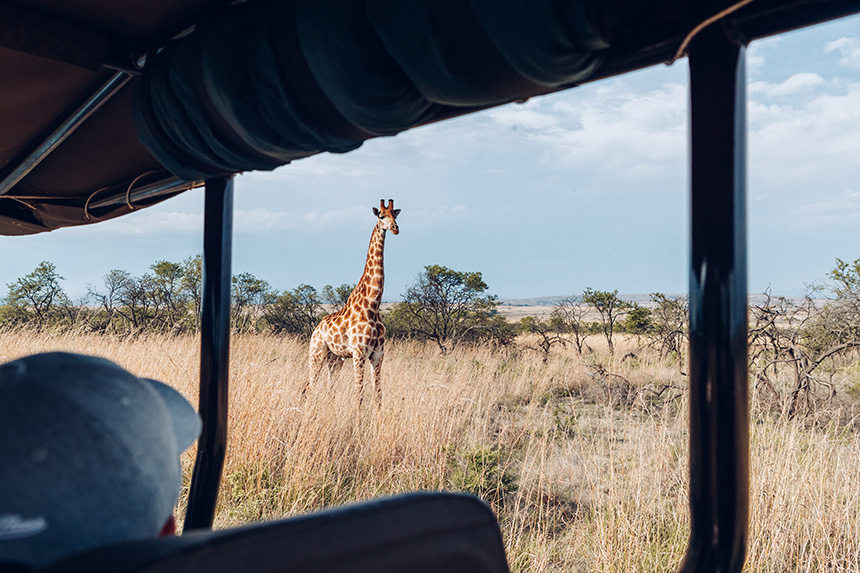
The smell of the morning dew creeps through the canvas of your tent and the soundtrack of distant zebras braying and buffalos bellowing slowly brings you round from your peaceful slumber. The morning light begins to flicker through the tangle of acacia leaves that hang over camp and the sound of footsteps nearby signals the arrival of your pre-game drive cup of tea. With the opportunity to spot the Big Five, camp under the stars and track animals on foot, it is no wonder we love safari holidays.
6th June 2022 - Safari & Wildlife
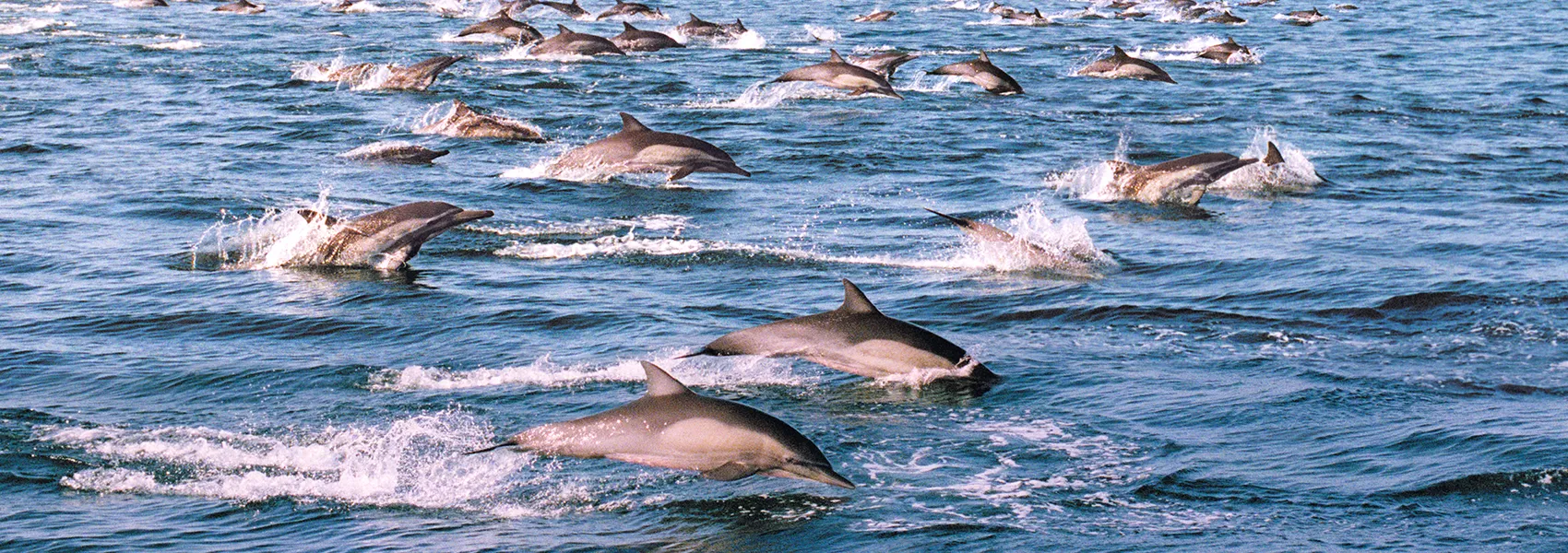
Dolphins are some of the most intelligent, social and fascinating marine mammals on the planet, with over 40 known species inhabiting the underwater world. Famed for their friendliness towards humans, they’re also integral to the survival of the whole marine ecosystem, and their playful nature places them high on many people’s wildlife watching bucket lists. Bottlenose dolphins are the most common, however in more remote corners of the world you’ll find an array of other intriguing species, including pink dolphins deep in the Amazon and hourglass dolphins in Antarctica’s Southern Ocean.
13th January 2022 - Safari & Wildlife
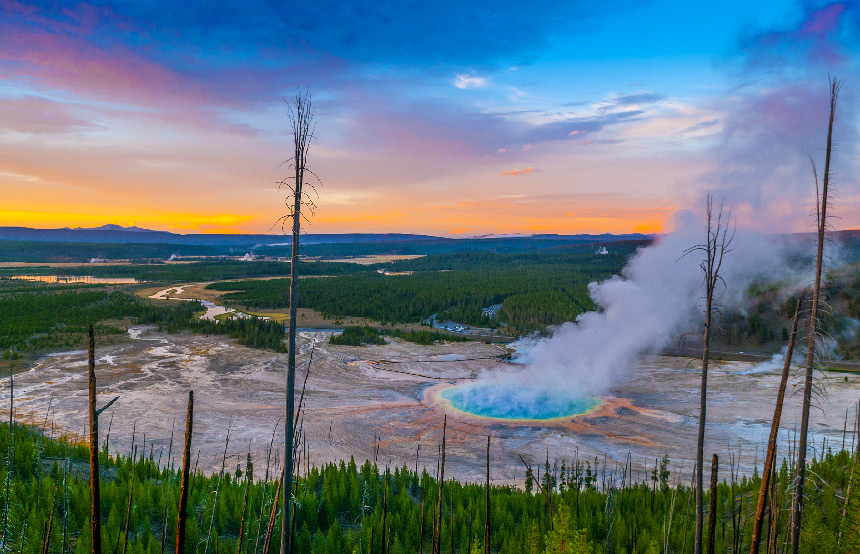
It will come as no surprise that Canada and the USA (the world’s second and third largest countries, respectively) do wilderness better than most, and thanks to the National Park Service, these vast landscapes will be protected in perpetuity. The main draw is, of course, the sublime natural landscapes and we can recommend the top activities – from canyoneering to whale watching – to get the most out of your America holiday.
20th July 2021 - USA Safari & Wildlife
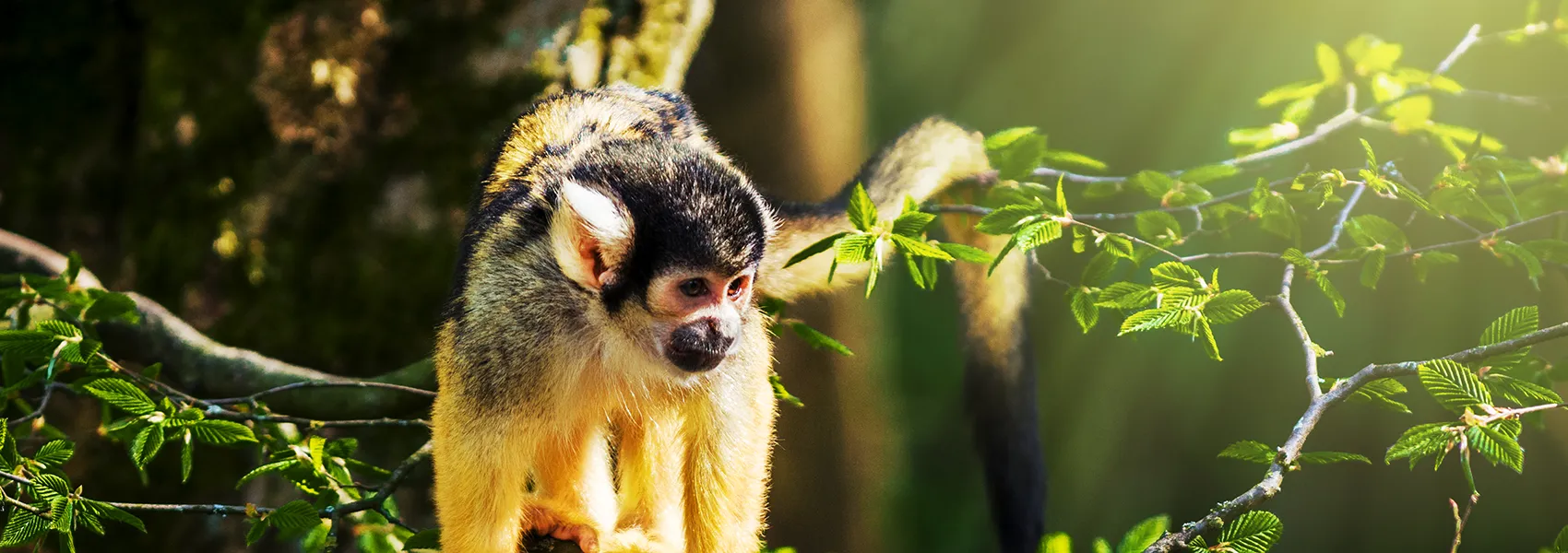
Beyond the towns, cities and roads there are still some pockets of paradise left in this world, places that have been left largely untouched, allowing evolution to forge ahead undisturbed. Such places are known for their huge diversity of amphibians, birds, fish, mammals, reptiles and plants. Are you dying to discover your inner Darwin and seek out these destinations for yourself? Read on for a roundup of the most biodiverse places in the world.
6th July 2021 - Safari & Wildlife
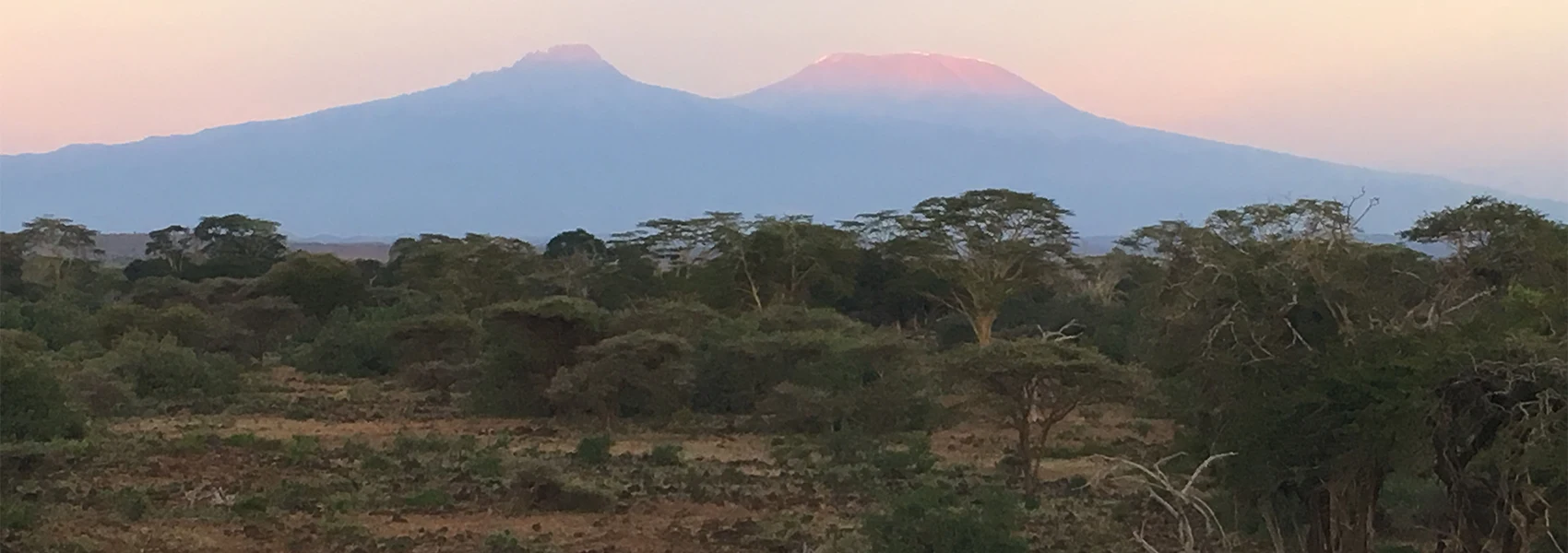
This can be said of many countries but, in my humble opinion, few more so than Kenya - this is a country packed full of diverse landscapes, cultures, and amazing places to stay. I had just 16 days to explore as much of Kenya as possible - I had some serious ground to cover... and boy did I! Tsavo National Park Tsavo National Park, between Nairobi and Mombasa, was a new area to me and it is b.e.a.utiful!
29th June 2021 - Kenya Safari & Wildlife
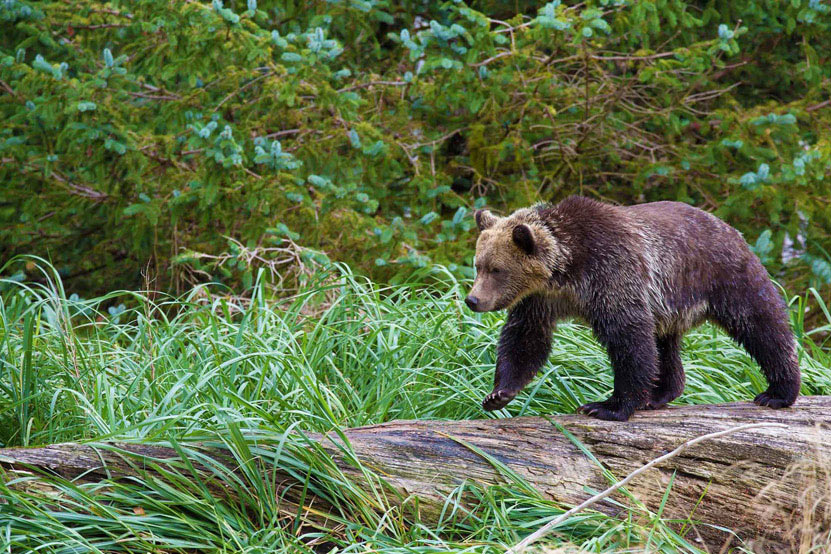
British Columbia has around 16,000 miles of Pacific Ocean coastline (islands included) and endless untamed wilderness that make ideal habitats for the region's magnificent wildlife. By day, head out to spot bears, whales and eagles on foot, by kayak or by floatplane. Come evening, learn about these sacred species' creation stories, as shared around First Nations' (Canada's indigenous population) campfires for millennia.
28th June 2021 - Safari & Wildlife
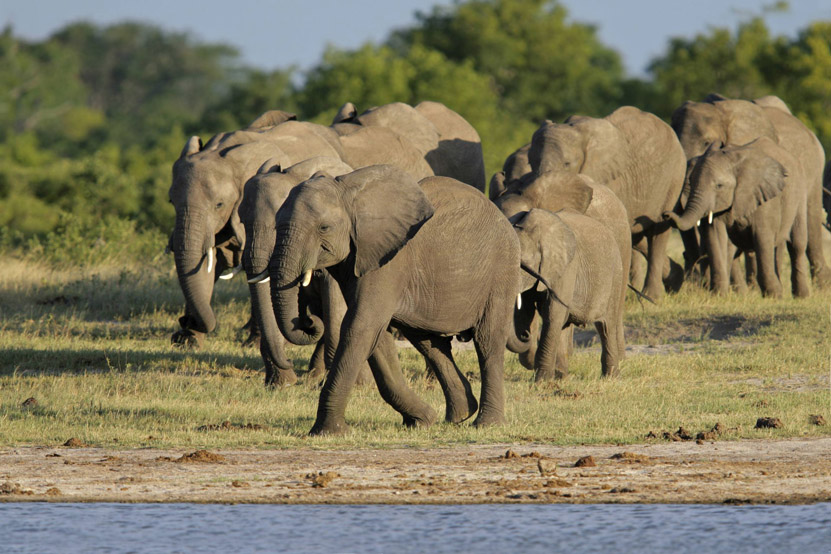
Having heard so much about how wonderful a Zimbabwe safari was in the good old days, and how they are soon to become the holiday of a lifetime destination once again, I was intrigued at long last to experience one for myself - and it didn't disappoint! Challenging Misconceptions All the negatives I had heard over the years about Zimbabwe (all the wildlife has been killed, it's a dangerous no-go zone, there's no food and supplies, no petrol, nothing in the shops) were deemed completely untrue.
28th June 2021 - Zimbabwe Safari & Wildlife
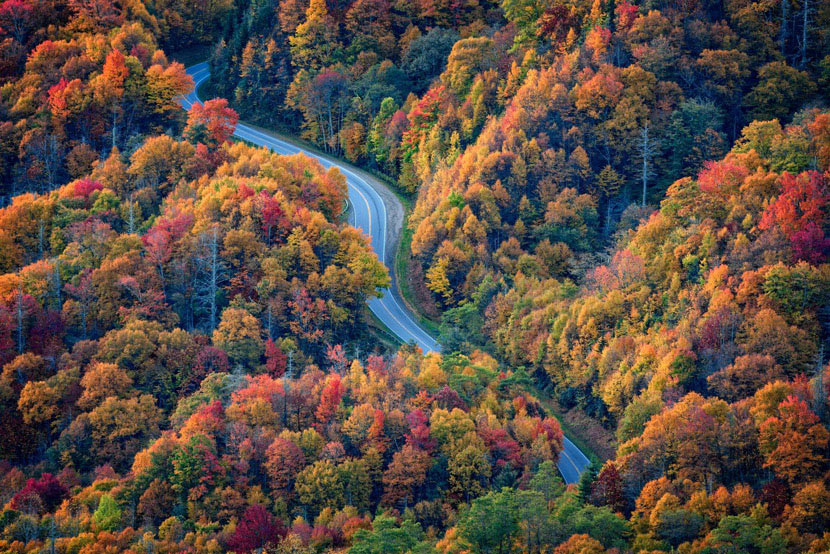
Off the back of our seemingly endless summer, here at Original Travel we're getting excited for woolly jumper weather, pumpkin-spiced lattes and apple and blackberry crumble. As autumn fast encroaches on the last of the summer rays, Mother Nature's russet blanket is starting to descend upon the Northern Hemisphere. Our friends across the pond would call this fall and, despite their North American colloquialisms being slightly questionable, we can concede that they do autumn on a much larger scale over in their neck of the (nearing-autumnal and extremely beautiful) woods.
28th June 2021 - Safari & Wildlife
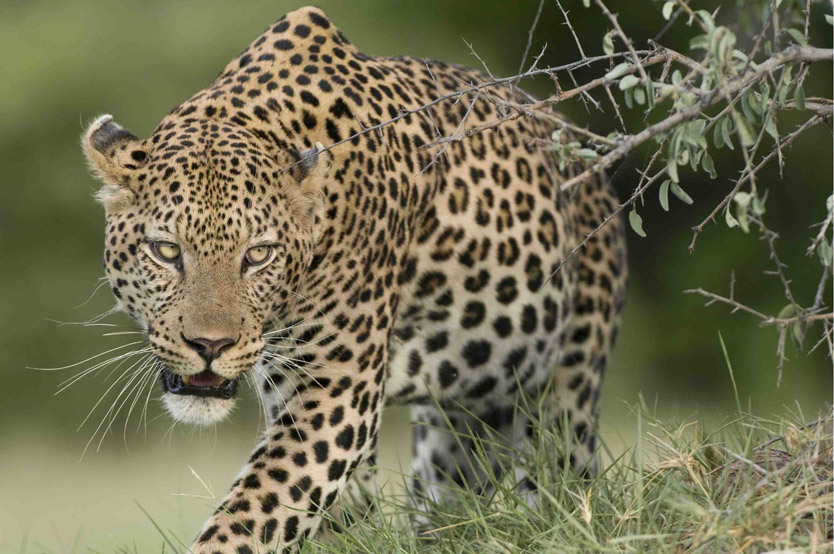
After a once in a lifetime holiday? Nothing beats spotting a big cat. Yes, yes, we all love a lumbering elephant or a cute orang-utan, but for the ultimate in wildlife watching it has to be one of the magnificent moggies that prowl around the wilder parts of almost every continent on Earth. Here are our favourite big cat safaris to see these, the ultimate predators, in all their glory. Top Tigers India is by far the best place to see tigers, although even here they are seriously endangered.
28th June 2021 - Safari & Wildlife
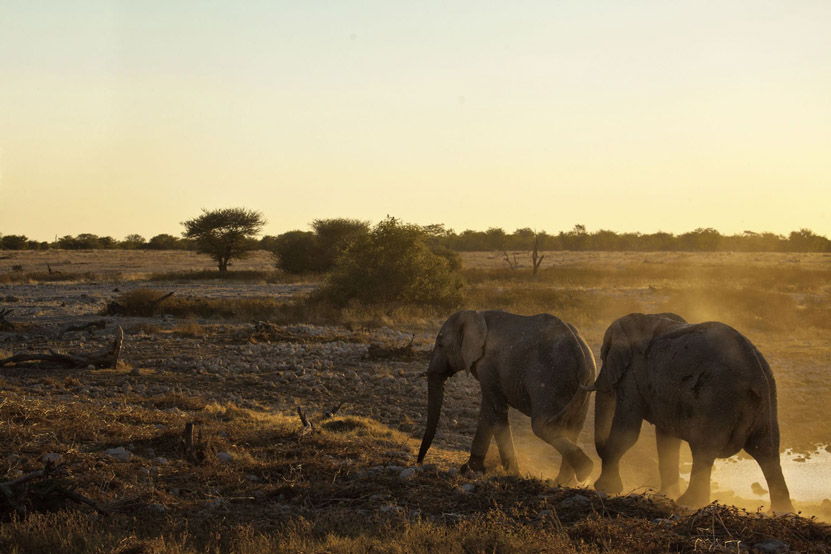
The first in a series of blogs where we get the inside track on African safari holidays from the guides and experts on the ground. Through a Q&A with Original Travel, Grant Cumings from Chiawa Camp in Zambia shares his experience and knowledge... What is the oddest moment you've ever experienced on safari? That's a tough one - nothing surprises me in the bush anymore - the accolade must surely go to a human rather than an animal though, and one incident comes immediately to mind.
28th June 2021 - Zambia Safari & Wildlife
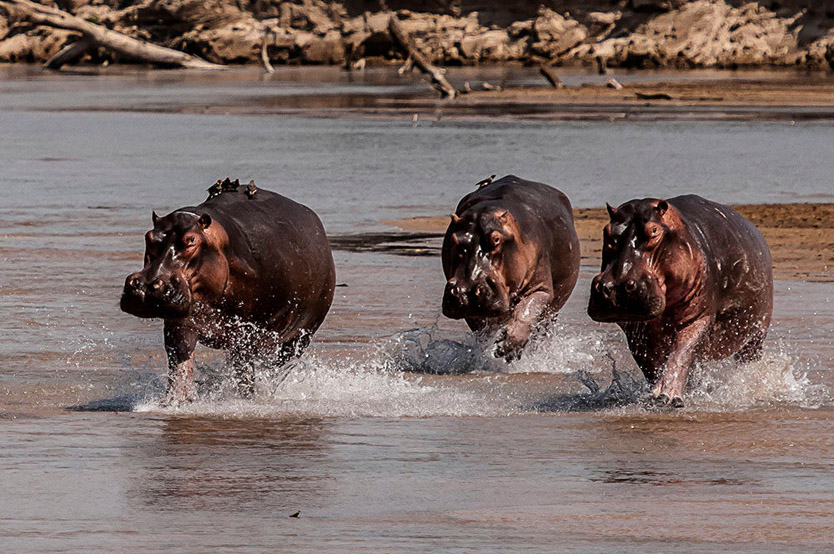
Although its sensational walking capabilities, opportunities for sleeping under the stars in far flung parts of the bush and tracking big game mean that Zambia is a great option for seasoned safari-goers, there is also fun aplenty to be had by those heading out for safari for their first time. High-quality, owner-run lodges and camps, staffed by knowledgeable and friendly teams, are perfectly positioned to take in the sensational scenery in key wildlife areas.
28th June 2021 - Zambia Safari & Wildlife
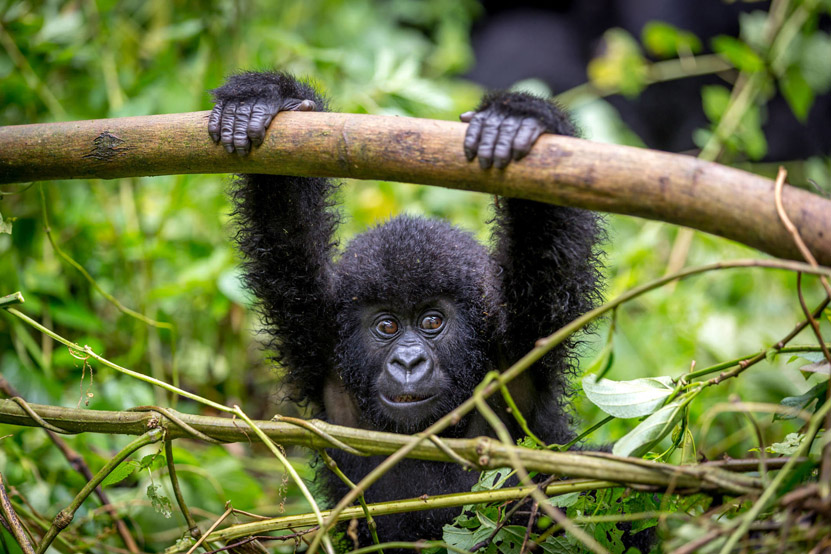
We're over the moon! Rwanda's Volcanoes National Park announced an addition to Rwanda wildlife: the birth of gorilla twins in the Hirwa group. The twins, both males, were very healthy at birth on Thursday 3rd Feb 2011. Only five cases in 40 years! The birth of twins for any gorilla population is rare and very few cases have been recorded in the wild or captivity. Only five cases have been documented over 40 years of gorilla monitoring in Rwanda.
28th June 2021 - Rwanda Safari & Wildlife
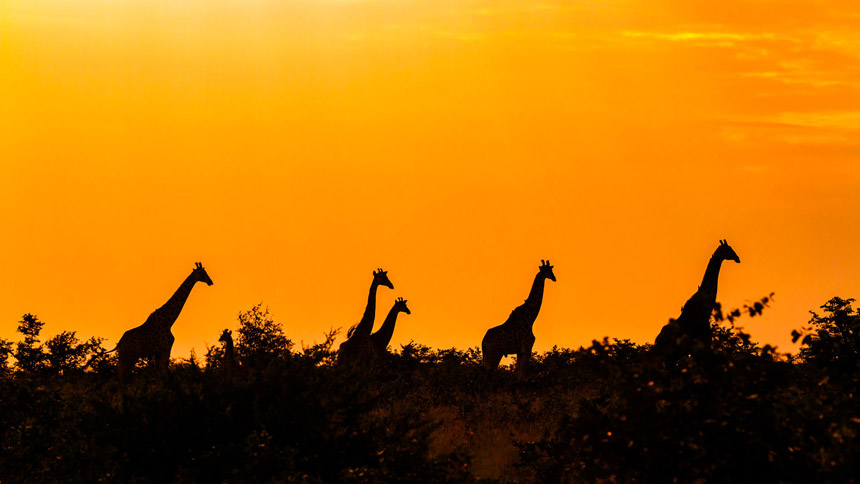
Forget what you think you know about Zimbabwe. Original Travel Africa Expert and former safari guide Matt tells us why we should cast aside any aspersions of Zimbabwe, and why he thinks this amazing country should be top of your list before it becomes one of Africa's premier and most sought after safari destinations. Preconceptions and Misconceptions For decades now, Zimbabwe has been almost a taboo word in travel circles, especially from a British perspective.
28th June 2021 - Zimbabwe Safari & Wildlife
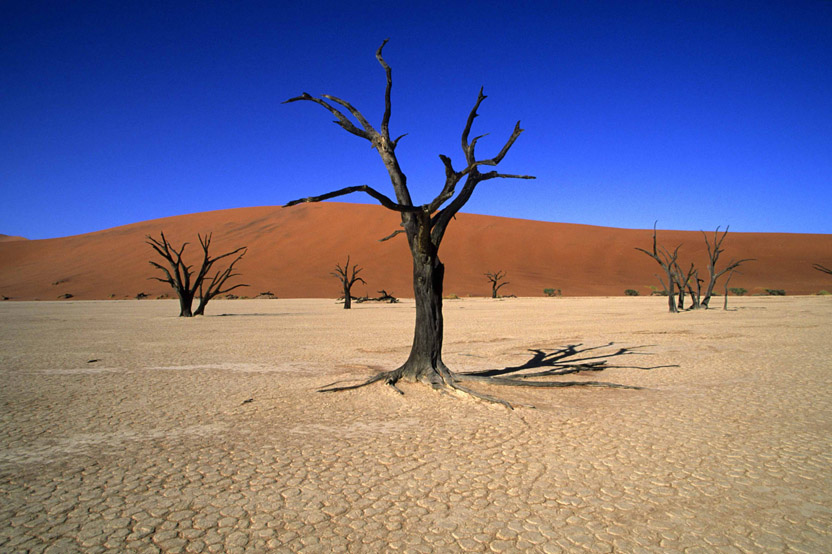
The NamibRand desert might be the dictionary definition of remote. Only Mongolia is less populated than Namibia, and this being a desert there aren't exactly hordes of people loitering around. Deep in this desolate but utterly stunning landscape lies Wolwedans Dune Lodge, a superslick place, and if that wasn't hermit-like enough, they have their own Private Camp, another two miles further into the bush and designed for just one couple.
28th June 2021 - Namibia Safari & Wildlife
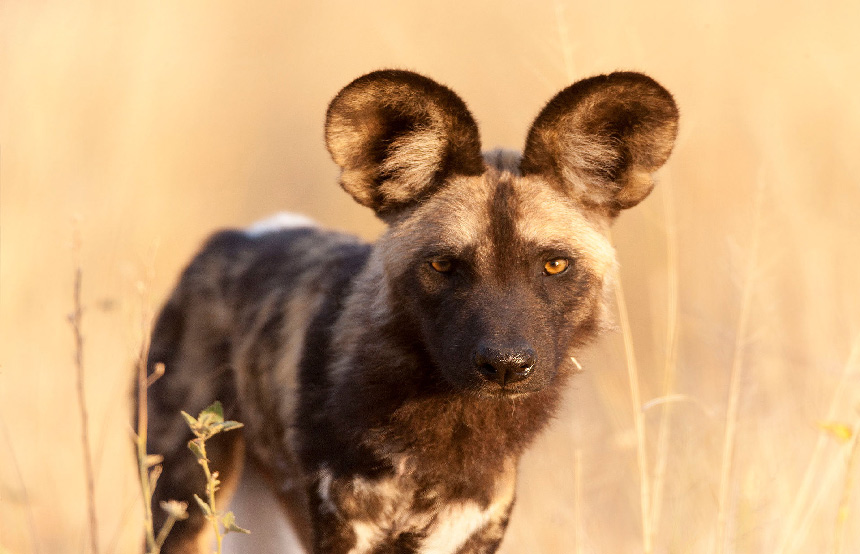
Until the 1990s wild dogs were actively hunted and culled because they were considered a type of feral dog rather than an independent species. Today there are only an estimated 6,000 to 7,000 individuals left in the wild, but fortunately awareness has risen over the last few years, thanks in no small part to that stunning bird's eye view sequence of them hunting in the BBC's original Planet Earth series.
28th June 2021 - Safari & Wildlife
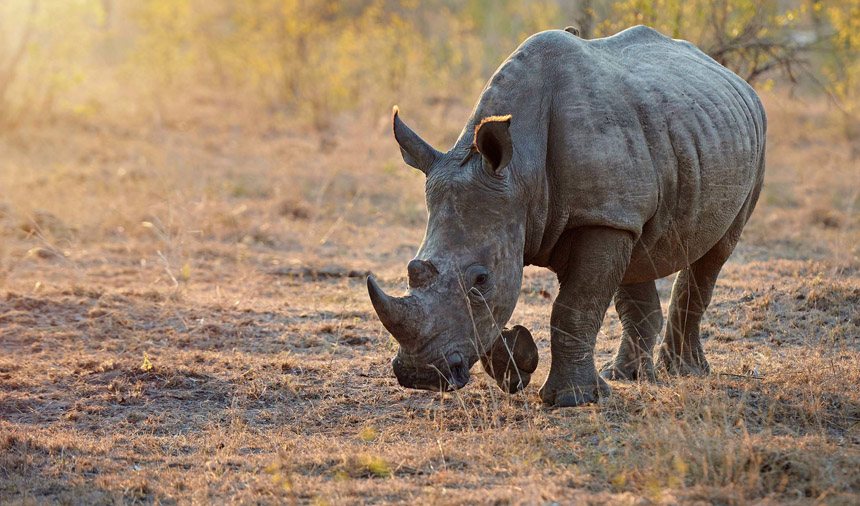
The numbers are stark. At the beginning of the 20th century there were an estimated 500,000 rhinos, across the five remaining species, in the world. That number is now more like 30,000. In Africa, latest estimates suggest this equates to around 20,000 white rhinos and a critically endangered 5,000 black rhinos. The silver lining to this very dark cloud? White rhinos were on the brink of extinction in 1900, so things can improve, and Original Travel are committed to working closely with organisations dedicated to rhino conservation.
28th June 2021 - Safari & Wildlife
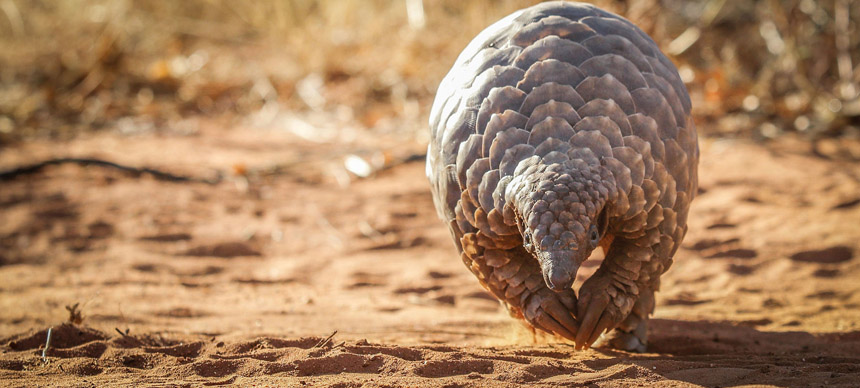
While four subspecies of pangolin can be found in Asia, the best chance you have of spotting them is on safari in Africa, but you'll need a lot of luck. That's due in no small part to their reclusive nature, but also because pangolins are estimated to be the single most poached and trafficked species on the planet. Emphasis on 'estimated', because we still know so little about them, which makes it all the more special if you do come across one, walking on its back feet and using its tail as a balancing pole.
28th June 2021 - Safari & Wildlife
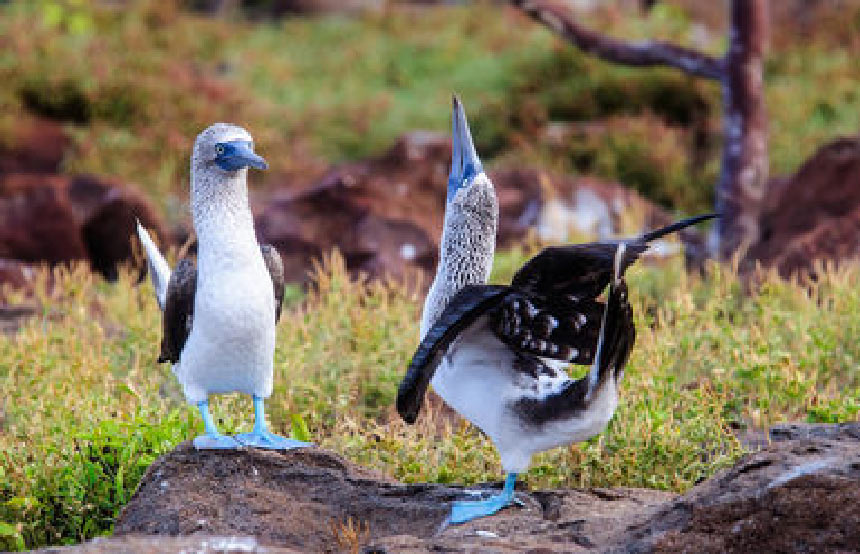
The name for these tropical seabirds comes from the Spanish slang word 'bobo', meaning foolish or stupid, in reference to the clumsy way they walk around on land. Boobies are most commonly found on the Galapagos Islands, but can also be spotted all over the Pacific region. Species There are six different species of booby: red-footed, blue-footed, brown, Nazca, masked and Peruvian. The most common, and most recognisable, are the blue-footed and red-footed boobies, which are found all over the Galapagos Islands.
28th June 2021 - Safari & Wildlife

Last night's Dynasties was another emotional blinder, though the freezing cold winter did have us pulling on an extra jumper and whacking the heating up several degrees to combat our sympathy shivers. We were transfixed as Sir David narrated us through the penguins' winter - which, if we're honest with ourselves, makes our complaints about the Beast of the East look feeble in comparison. Feeling inspired to see the adorable chicks in real life, we've had a bit of a brainstorm and asked ourselves 'where are the best spots for getting up close and personal with penguins, emperor or otherwise?
28th June 2021 - Safari & Wildlife
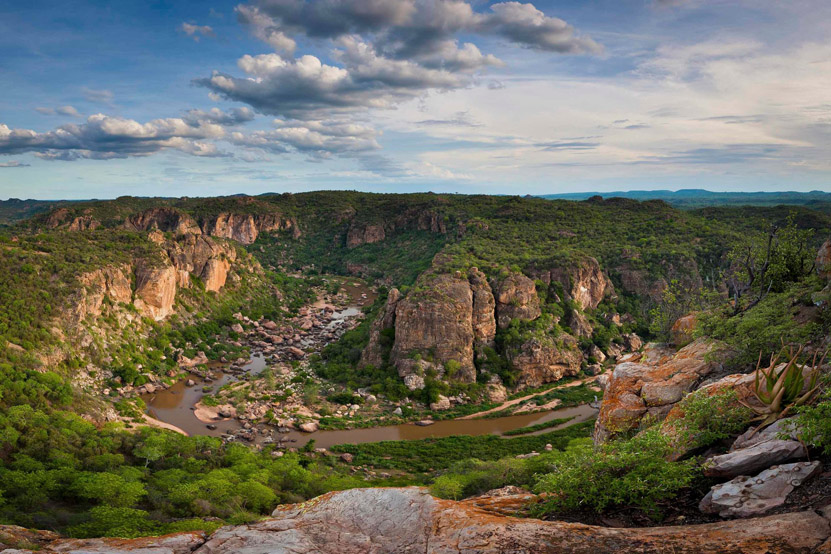
As a Field Guide, when you get new guests on your vehicle, it is all about understanding what they want to get from the trip that they've possibly spent a small fortune on. ""So Ladies and Gents do we have any special requests for this afternoon's game drive? Anything you would like me to try and look for?""... ""LIONS!"" would be the reply over 90% of the time...""rhinos! elephants! buffalos! LEOPARDS!
28th June 2021 - Safari & Wildlife
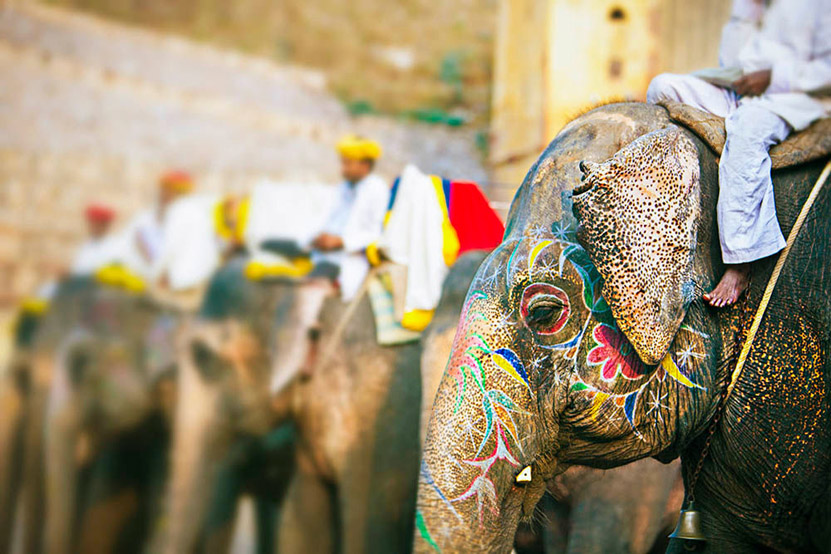
Majestic, intelligent, powerful, gentle, unassuming... who wouldn't love a close encounter with an elephant on their travels? Elephant riding has long been on the bucket lists of tourists travelling to Asia, but with much being reported about its ethical complexities, the demand for this experience is in decline. The issues around elephant riding exist mostly in Asia, where the population is particularly endangered, and tourists are often unaware of the cruelty that goes on behind the scenes.
28th June 2021 - Safari & Wildlife
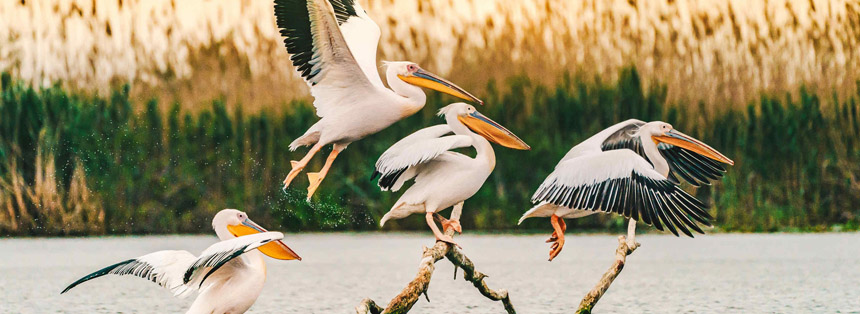
One of the best things about travel is the full spectrum of experiences on offer. There are city tours and cooking classes for those who crave culture; riding safaris and kayaking excursions for the adrenaline junkies; and then there are the wildlife holidays which can include everything from helping out with black caiman research in Guyana to bird watching in Romania. Read on for a roundup of our top picks for animal lovers.
28th June 2021 - Safari & Wildlife
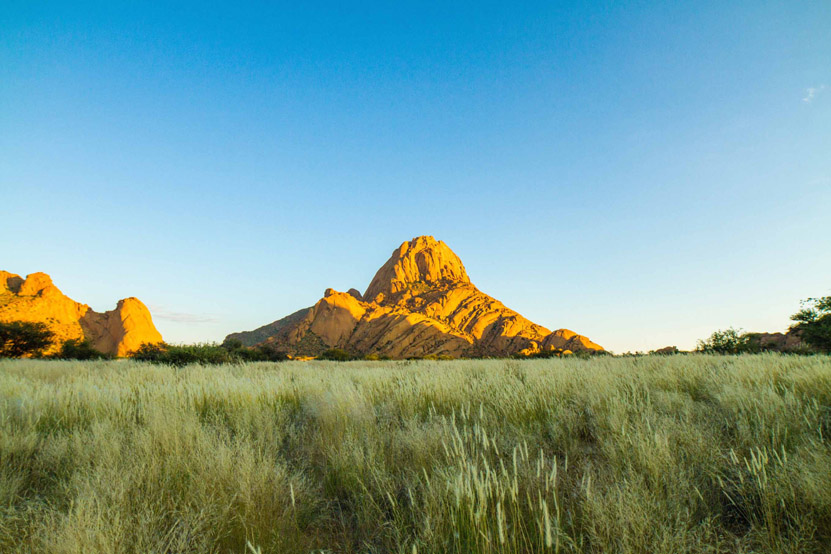
Namibia is one of my favourite places on earth, and having just returned from my fourth visit there, I feel no less blown away by the sheer beauty and magnificence of the country than I did on my first and very special trip there. It's a true once in a lifetime holiday destination - and these are my highlights... Best rain in decades This time I was lucky enough to see the desert in bloom - the rains in Namibia this year have been unbelievable,
28th June 2021 - Namibia Safari & Wildlife
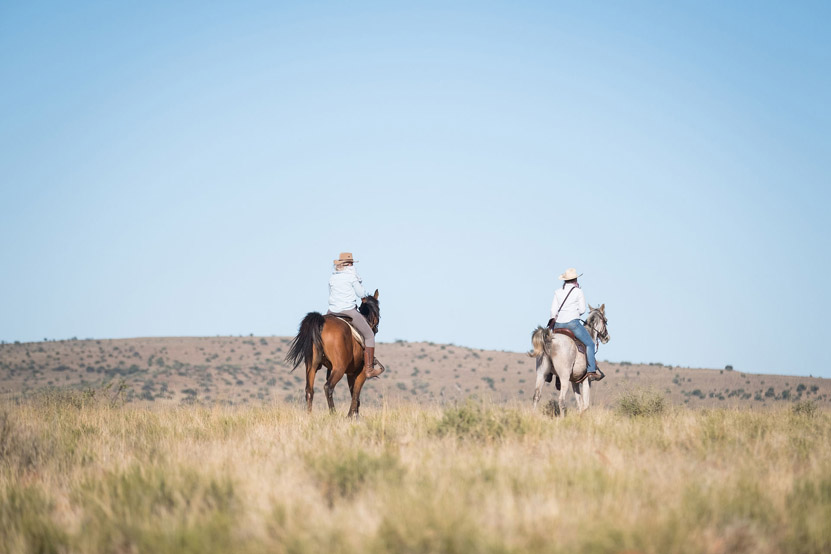
Horse riding is up there with the UK’s favourite hobbies and there are plenty of places across the country where you can trot, gallop and canter to your heart’s content. But how about further afield? It might not be the first activity that springs to mind when booking a holiday, but horse riding offers a novel way of exploring a new place. From casual cantering to dedicated lessons, you can get to know your destination on horseback with the help of a trusty steed.
28th June 2021 - Safari & Wildlife
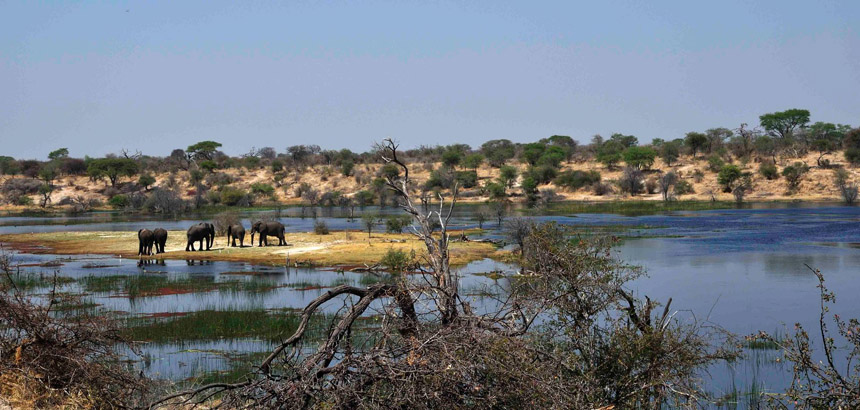
Authenticity: a perennially peddled promise which is rarely truly fulfilled. Yet authenticity is increasingly what we look for in our holiday experiences; the desire to feel like we've seen the real destination; that we've got beneath its skin and seen into its soul. Well, authenticity just so happens to be our specialist subject (we're coming for you, John Humphrys) and never more so than in Africa.
28th June 2021 - Safari & Wildlife
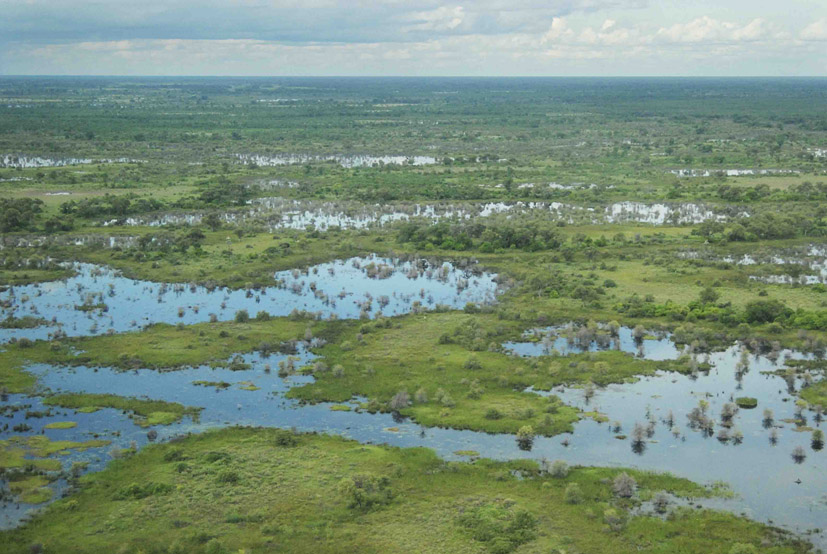
Dry but rich in water. Desolate but full of life. Extreme in every sense, from endless skies to enormous trees. Welcome to the otherworldly magic of the salt pans of northern Botswana where the Zu'hoasi tribe live. The Makgadikgadi Pans is a vast system of salt pans in the northern Kalahari, the remains of a giant 'superlake' that once covered the region. The entire Makgadikgadi ecosystem is said to be the size of Portugal.
28th June 2021 - Botswana Safari & Wildlife
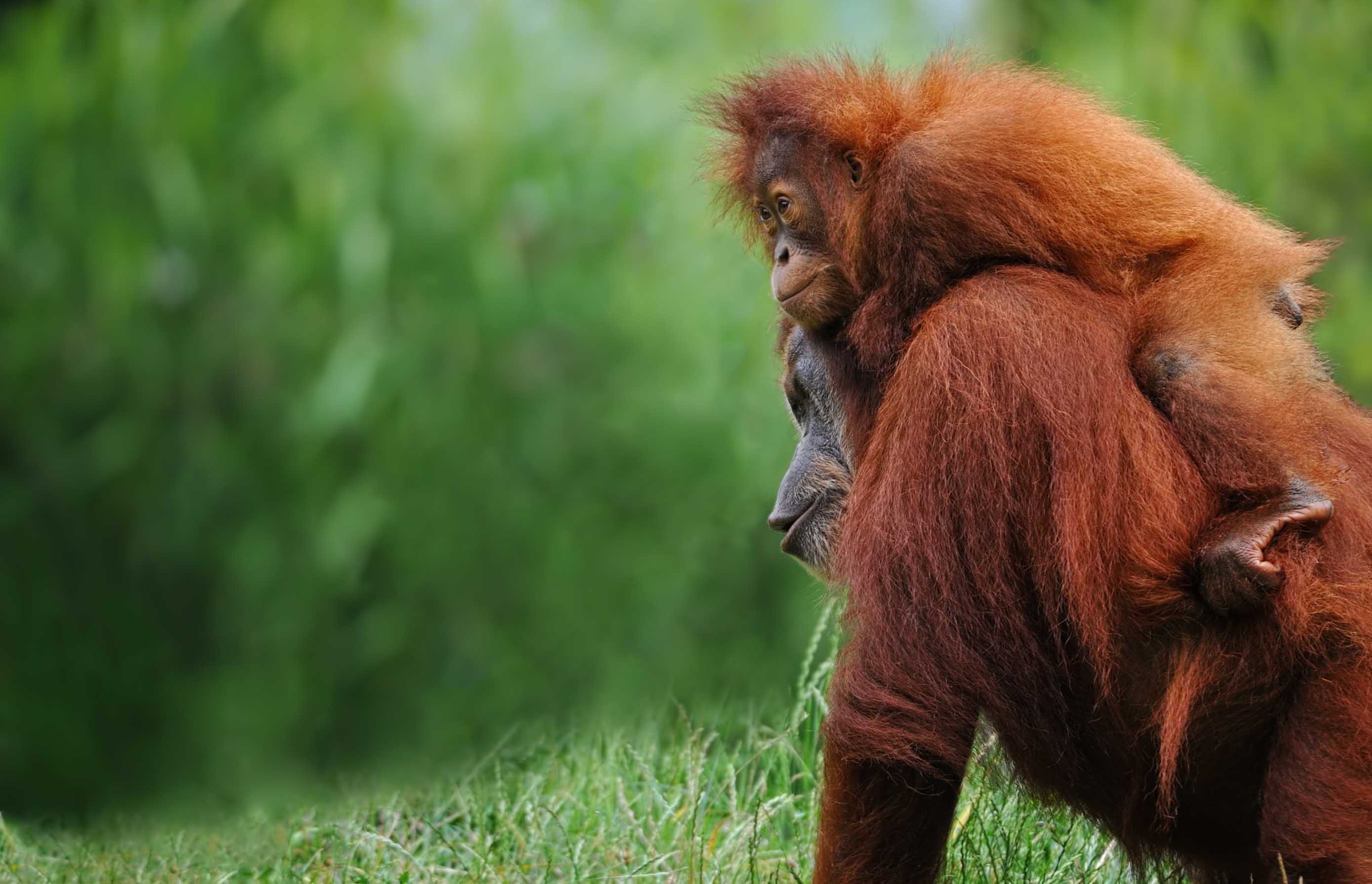
Up for adoption.. Adopt an Orangutan Magic monkey More monkey magic now as we bring up the half century. Borneo in Malaysia is a fabulous destination, catering for honeymooners and families alike.and if it's a family you're there with, then there is one clear must do. Actually make that two. Not only must you take the children to Sepilok Orang-Utan Sanctuary, located in an area of virgin equatorial rainforest, to see the so-called 'men of the jungle', but then adopt an orangutan.
28th June 2021 - Indonesia Safari & Wildlife
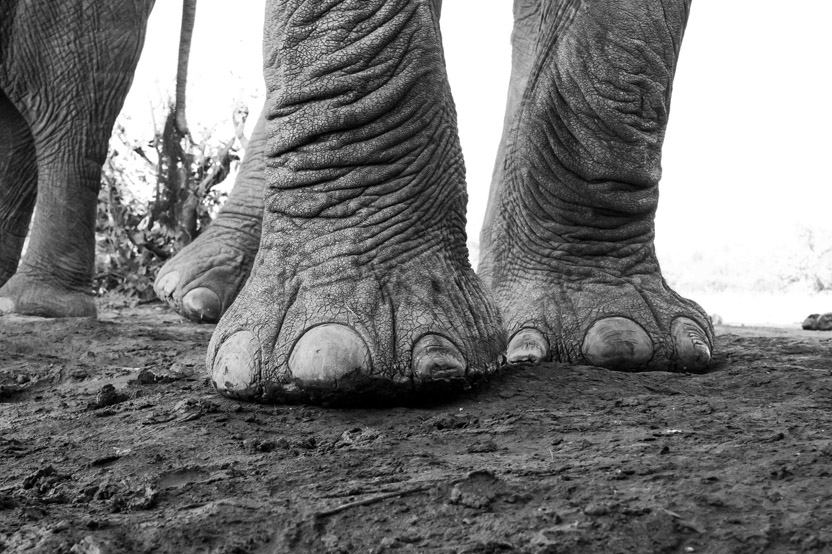
Secreted away in a hidden corner of south-eastern Botswana lies the Tuli Block, a little known game reserve lying on the South African and Zimbabwean borders. Unbeknown to many, 'here be giants'... True Wilderness Mashatu, named after the many Mashatu, or Nyala Berry, trees that dot the landscape, is a wilderness unlike many others in Africa. Here, the arid plains of the Kalahari begin to meet the Lowveld and Mopane scrub of the Limpopo region; huge kopjes, ridges and vast dry riverbeds dominate the landscape.
28th June 2021 - Botswana Safari & Wildlife
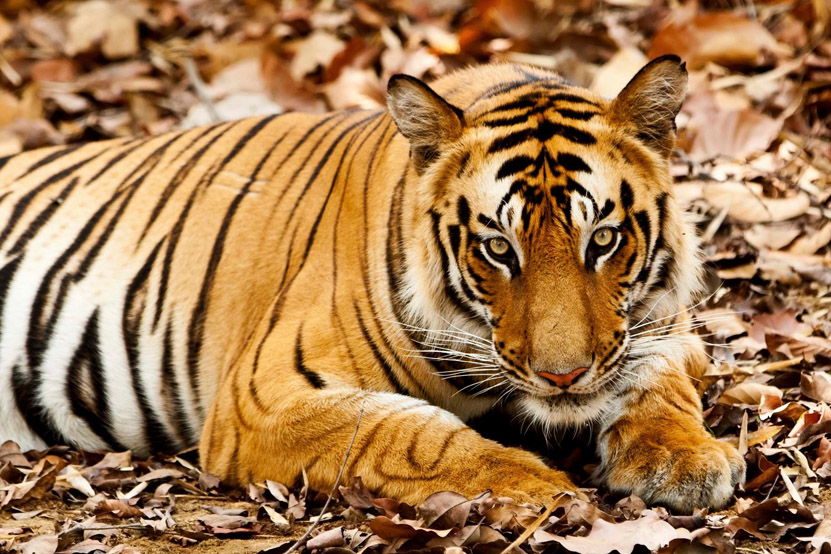
Asia specialist Miranda is truly passionate about tigers. Here she shares her once in a lifetime tiger safari holiday to India - one of her most memorable travel experiences to date. Originally Published August 2013. A lucky day I will never forget my first journey into Kanha National Park and seeing my first tiger in the wild. After an early morning knock on the door from one of the staff in camp bearing hot masala chai, we set off on an early morning game drive into the park, wrapped up in many layers and each clutching a hot water bottle (India does get surprisingly cold!
28th June 2021 - India Safari & Wildlife
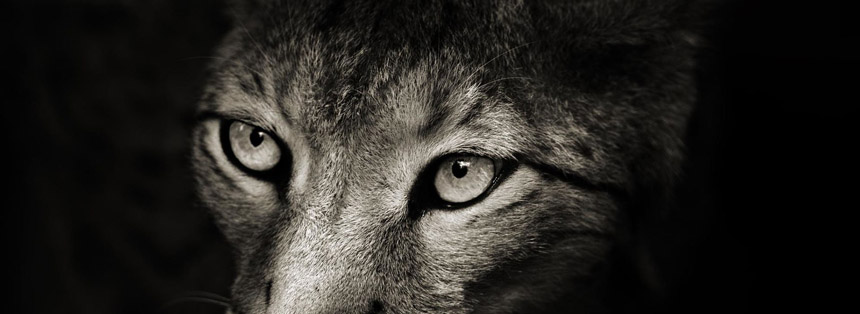
Who's just tuned into the Beeb's and David Attenborough's latest wildlife wünder-watch, Seven Worlds, One Planet? An amazing reminder that you don't need to travel to the other side of the planet to see spectacular beasties when there are so many on our doorstep in Europe. Safari and Europe may be a combination you wouldn't necessarily put together, much like pineapple and pizza or crocs and catwalks, but the difference is this one works (apologies to all you croc lovers out there).
28th June 2021 - Safari & Wildlife
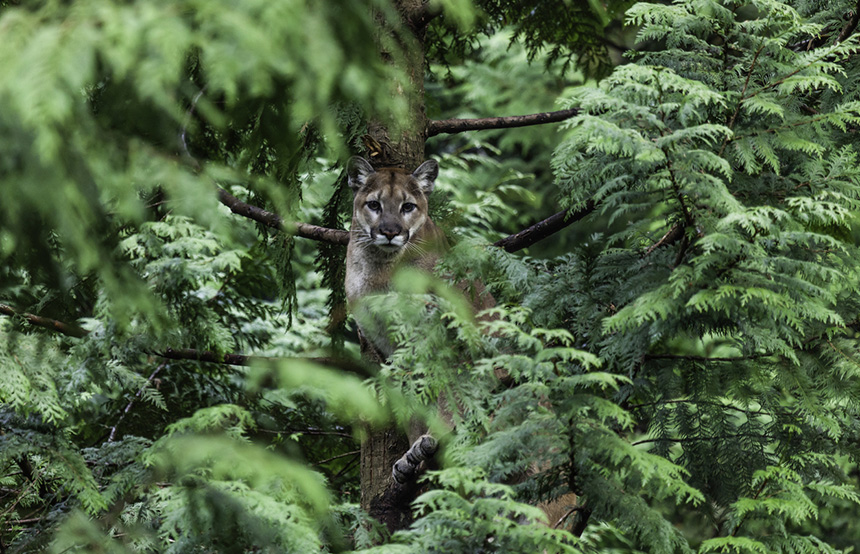
There are lots of different names for these big cats, the most common being puma or cougar, but they're also known as mountain lions, panthers or catamounts. Pumas are recognisable by their slightly yellow coat, round face, pointed ears and long tail, which is nearly as long as their head and body combined. Unlike other big cats, pumas are mostly silent and cannot roar, instead they purr like a house cat and use whistles, screams and squeaks to communicate.
28th June 2021 - Safari & Wildlife

Experiencing safari - nature's biggest treasure hunt - is most children's dream. Just an hour's flight from Johannesburg, Esiweni Lodge has all the ingredients for the perfect safari: beautiful savannah landscape, the Big Five and pampered seclusion. This blog follows the experience of one tribe of four heading from London to the plains of KwaZulu-Natal in South Africa for a family-friendly safari in South Africa.
28th June 2021 - South Africa Safari & Wildlife
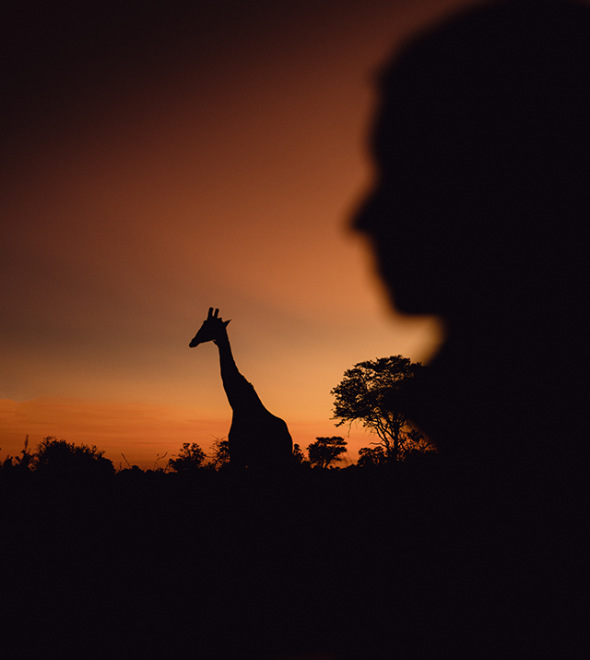
South Africa has something for absolutely everyone: amazing wildlife, beautiful landscapes, a huge variety of experiences, easy accessibility, and great food and wine. People often see it as a first-time safari destination only, ideal for doing just a few days on safari combined with Cape Town, the Winelands, the Battlefields or the beach. However, South Africa offers so much more than just an entry-level safari experience and is a bona fide safari destination in its own right.
28th June 2021 - South Africa Safari & Wildlife
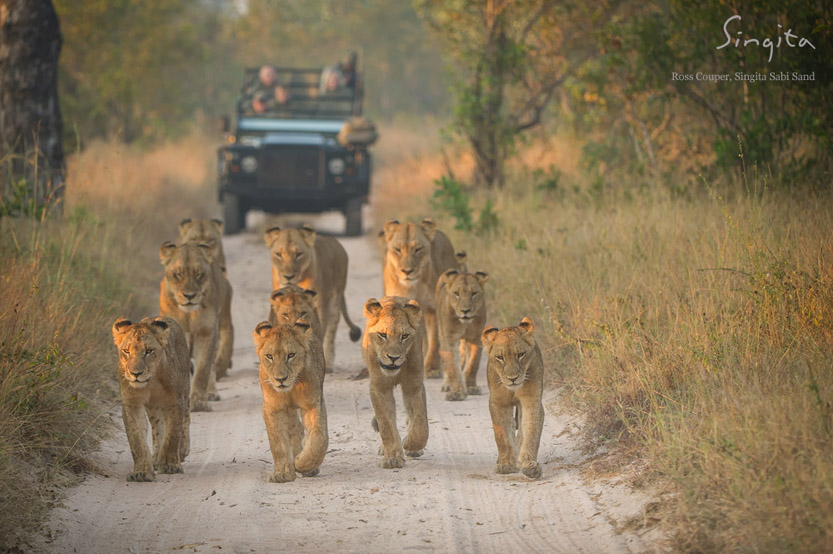
Anyone with an interest in wildlife, habitats and adventure will have a safari on their bucket list. Whether you're in search of the big five in Africa, evoking memories of the jungle book in India or seeking exotic wildlife in Latin America, we know the very best luxury hotels, camps and lodges to stay in. Here are our top 10 hotels for a luxury safari holiday. Leobo Private Reserve, South Africa Yep, you read that right, you get an entire Reserve, and it will blow your mind.
28th June 2021 - Safari & Wildlife

Imagine a reality in which your soul existed outside of your body in animal form. This is the world created by Phillip Pullman in his best-selling trilogy, His Dark Materials, which was recently adapted into a hit BBC drama starring the likes of Dafne Keen, Ruth Wilson and James McAvoy. From golden monkeys and snow leopards to beetles and birds, these animal companions (called 'daemons') reflect the character's innermost temperaments whether they're devious, daring, kind or cunning.
28th June 2021 - Safari & Wildlife
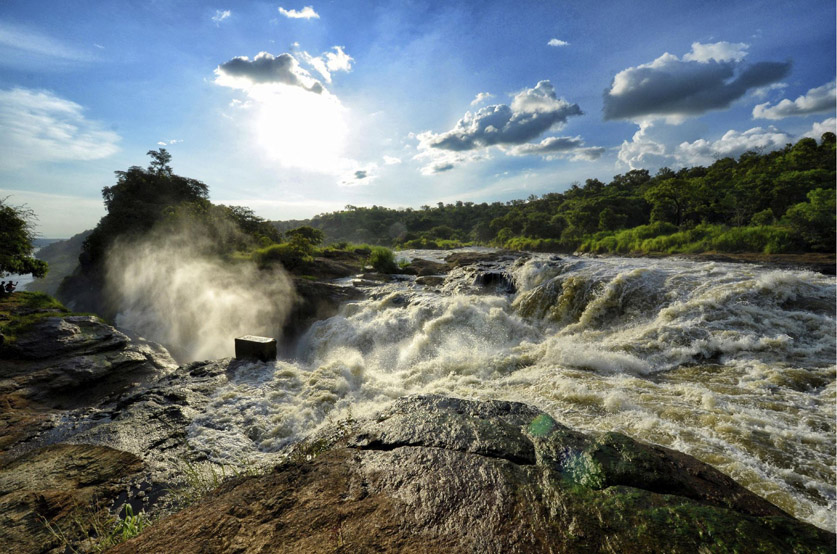
Poised at the crossroads between the East African savannah and the Central African rainforest, Uganda has gone from being the 'pearl of Africa' (or so said a certain Winston Churchill), to something of a diamond in the rough (so said... us) as a result of a politically turbulent few decades (take a bow, Idi Amin). But after a period of sustained stability and some serious investment in tourism infrastructure, Uganda is back on the up and quickly proving its pearly credentials once more.
28th June 2021 - Uganda Safari & Wildlife
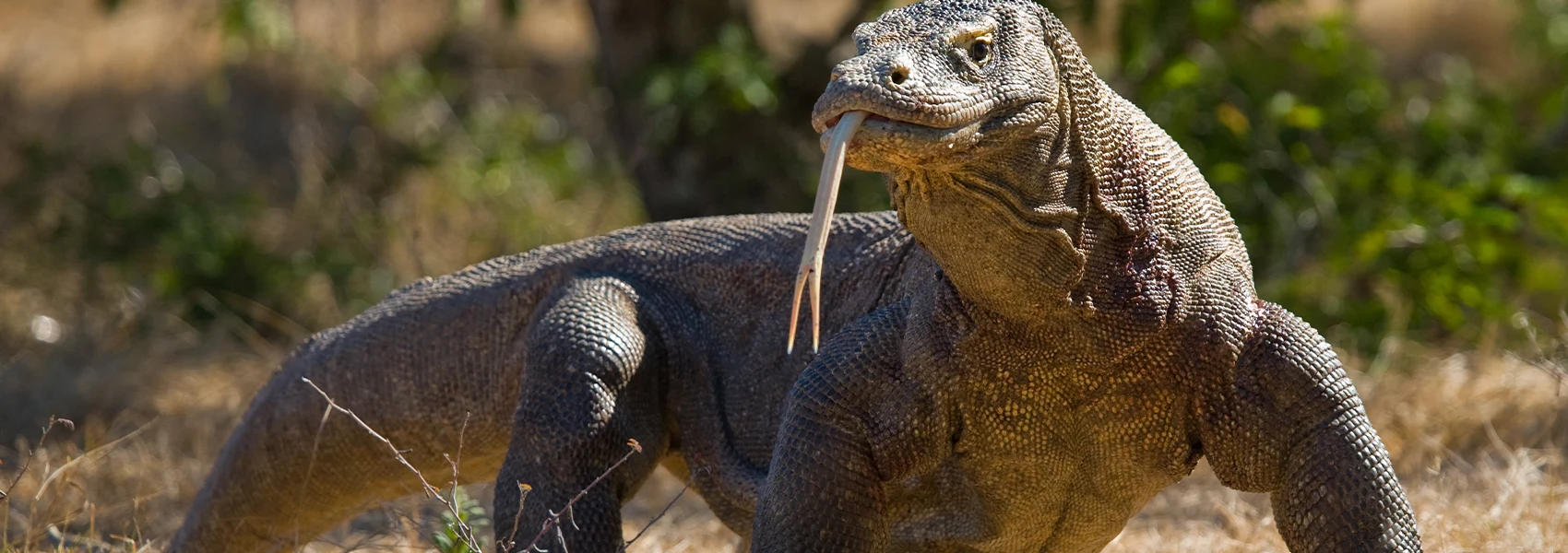
Rather than resembling the fire-breathing dragons of fairy tales, Komodo dragons are in fact the world's largest and heaviest lizards. But they don’t roam far flung mythical lands, so knowing where to see Komodo dragons is easier than you think. Our Indonesia experts can help you locate the best places to see Komodo dragons. They are found in the harsh climate of Komodo National Park, Rinca and some parts of Flores Island in Indonesia,
28th June 2021 - Indonesia Safari & Wildlife
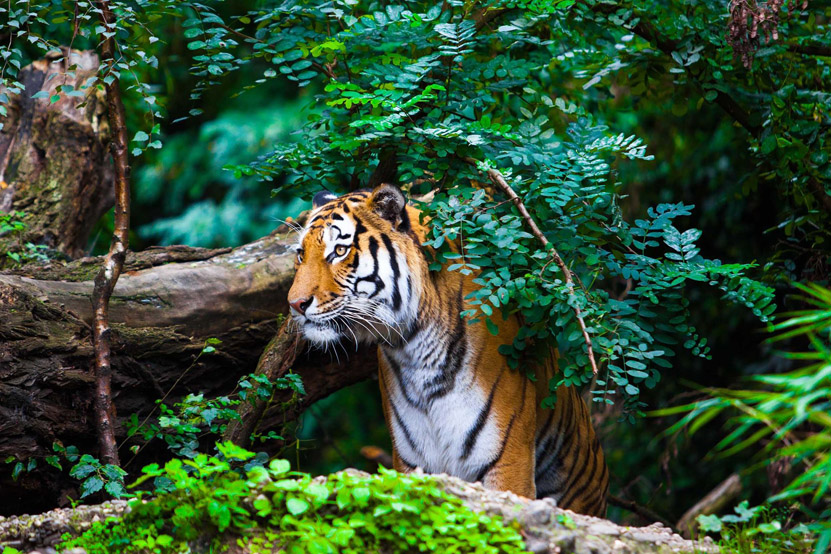
There has been a 95% decline in tiger numbers over the last century, and now only around 5,500 remain in the wild - a sobering statistic. There are now around double the number of tigers living in captivity across Asia and Africa than in the wild. However, in more positive news, Nepal is now on track to become the first country in the world to double its wild tiger population since 2010, and conservation projects across the continent are helping numbers to slowly rise.
28th June 2021 - Safari & Wildlife
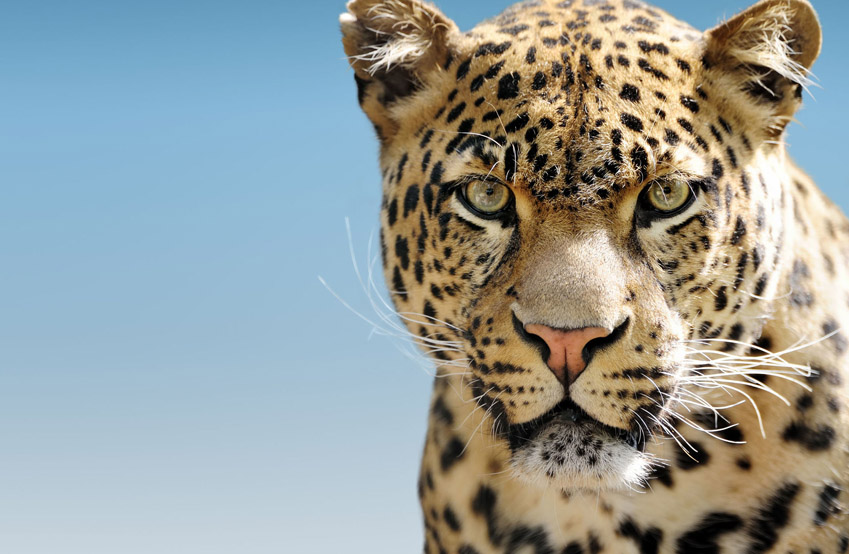
These agile predators are most commonly found on the chase or reclining in a tree having just enjoyed a hearty dinner, making them every wildlife photographer's favourite subject. The thrill of spotting a leopard in the wild – always difficult due to their remarkably effective camouflage markings – is a sure-fire safari highlight. All but one leopard species – the African leopard – can be found in Asia, including in Sri Lanka, India and Malaysian Borneo.
28th June 2021 - Safari & Wildlife

When we say Africa, you dig out the binoculars and khaki trousers and begin practising your best David Attenborough voice, right? Wrong! While safaris might hog most of the African holiday limelight, there is so much more to this supremely diverse continent, from mind-blowing scenery to culture and history, and as many gastronomic treats as you can consume in between. And we're here to give you the inside track on all the very best non-safari related experiences in Africa.
28th June 2021 - Safari & Wildlife
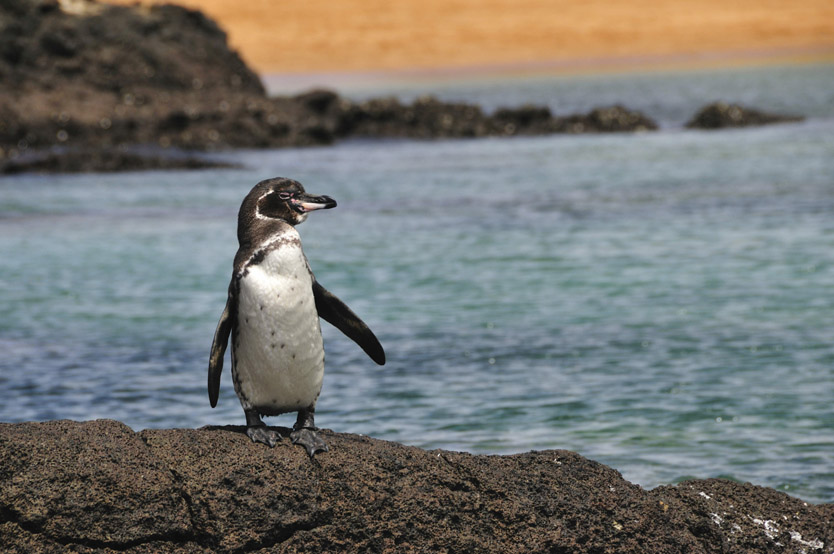
Consisting of 18 volcanic islands and home to a rich variety of marine and land creatures, the Galapagos Islands are often the main reason to visit Ecuador, because they are quite simply unlike anywhere else on Earth. Original Travel client Rosemary tells us about her experience on board Eric, one of the luxury (despite the name) ships that explore these islands... Sailing through the Galapagos on Eric.
28th June 2021 - Ecuador Safari & Wildlife
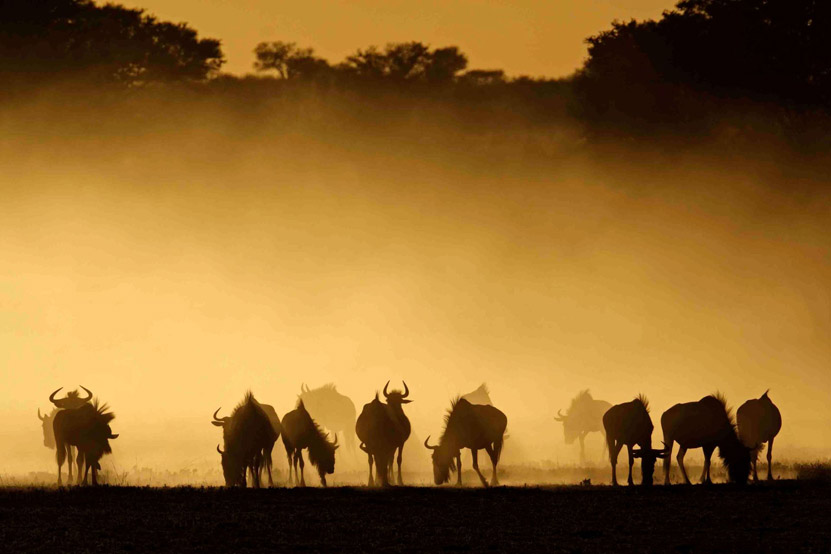
The third in a series of blogs where we get the inside track on safaris in South Africa from the perspective of the guides on the ground. Ross Couper from Singita safari lodges shares his experiences in South Africa's Kruger National Park and Sabi Sands. What is the weirdest thing you've ever encountered on safari? Working out in the bush, I must admit that we are often spoilt with interactions that never cease to amaze.
28th June 2021 - South Africa Safari & Wildlife
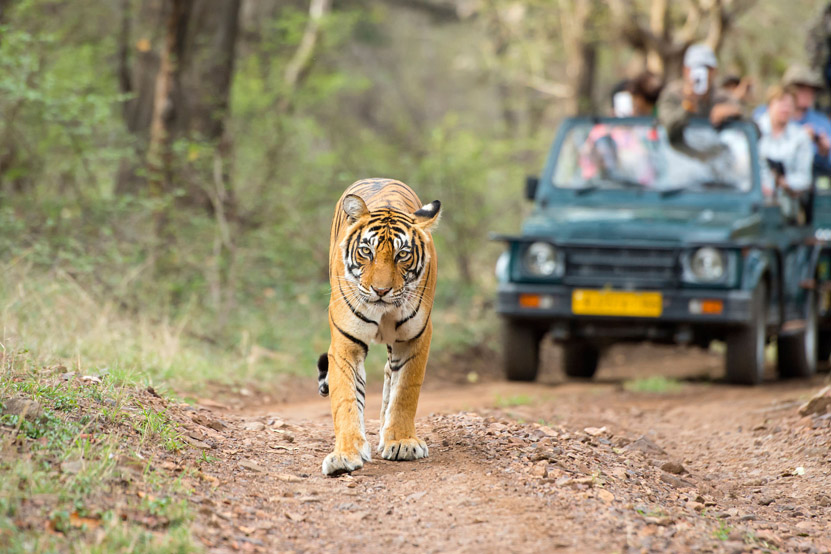
Here at Original Travel HQ we can't quite believe that we've just watched the final episode of Sir David Attenborough's Dynasties, and are all desperate for the Beeb to announce a sequel already. Over the last five weeks we've followed some adorable, intelligent and utterly powerhouse families through their highs and lows. And although there have been some heart-breaking scenes (we're still not over the abandoned baby penguins) it might just have been our favourite Attenborough series yet.
28th June 2021 - India Safari & Wildlife
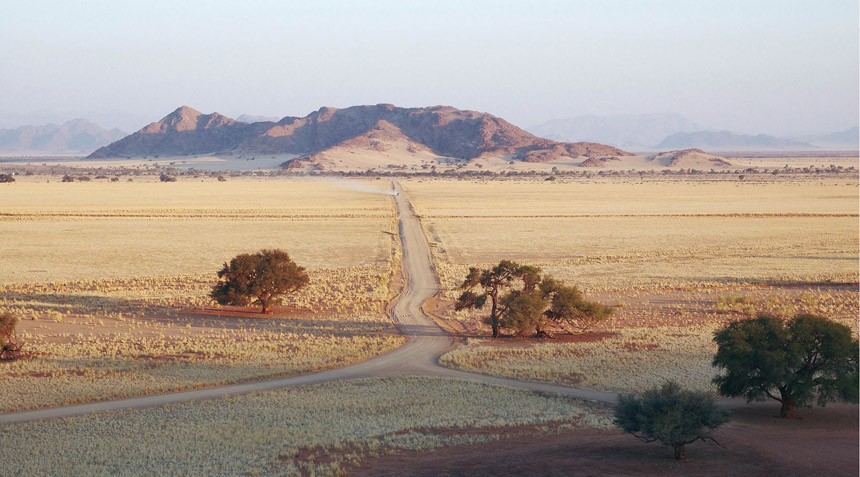
Vast deserts, towering mountains, infinite salt pans and endless game, who wouldn't want to drive around the world's second least populated country? Our resident ex-safari guide, Matt, explains why he thinks Namibia is the world's best destination for a self-drive safari. While private and guided tours have their place in southern Africa, Namibia is the Cullinan diamond of self-driving destinations.
28th June 2021 - Namibia Safari & Wildlife
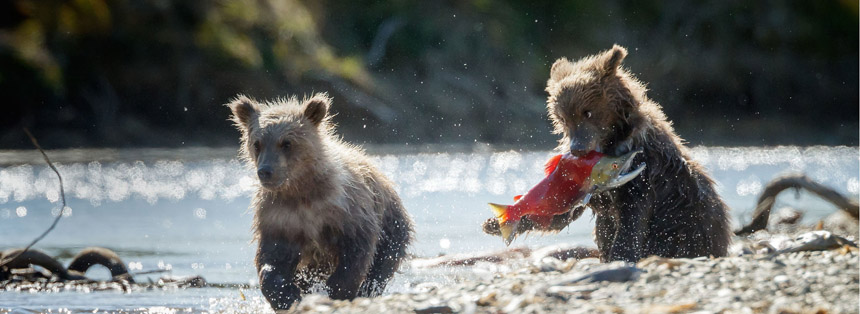
These majestic creatures are found across Canada, so those going on a bear (sighting) hunt for grizzly, black, or polar are in luck. The animals have the largest and most complex brains of any North American mammal, as well as enormous teeth and claws that put them right at the top of the food chain. Here are our top three places in Canada to spot these solitary animals in the wild... British Columbia Between September and November every year millions of salmon return to their spawning grounds across British Columbia where,
28th June 2021 - Canada Safari & Wildlife
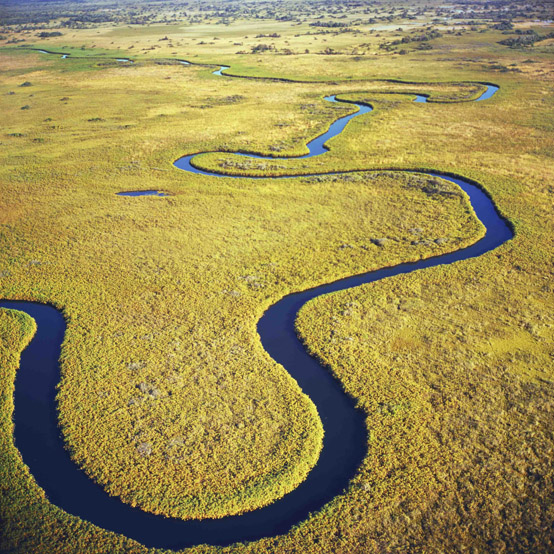
High rainfalls have led to a unique opportunity: due to record floods in Botswana in 2010 and early 2011, you can now canoe down the Selinda Spillway on Okavango Delta trips for the first time in a generation. Read on for more on this once in a lifetime travel opportunity... The first time in 30 years This is the only activity of its kind in Botswana and is now possible due to exceptional rainfall and high water tables in the Kalahari Desert, and rainwater arriving from hundreds of miles away in the Angolan highlands.
28th June 2021 - Botswana Safari & Wildlife
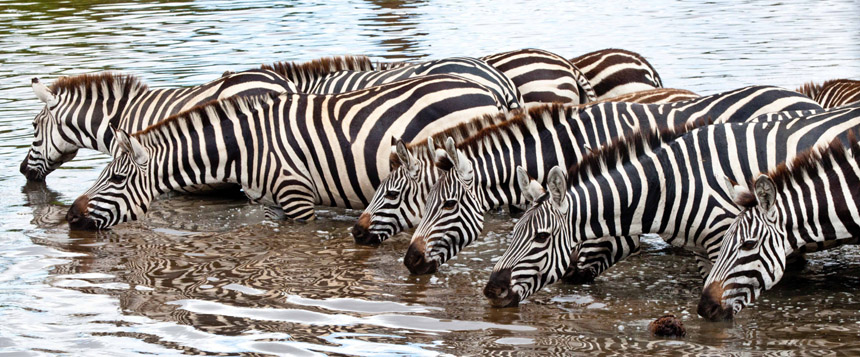
Through a Q&A with Original Travel, Alex Walker shares his experience and knowledge of a safari holiday in Tanzania... What is the weirdest thing/moment you've ever encountered on safari? I was driving through Southern Sudan with a group of Zande in the back of the vehicle, when they suddenly caught sight of a pangolin and all leapt off, hooting and hollering all the way to its den, whereupon three of them hurled themselves straight down its hole after it.
28th June 2021 - Tanzania Safari & Wildlife
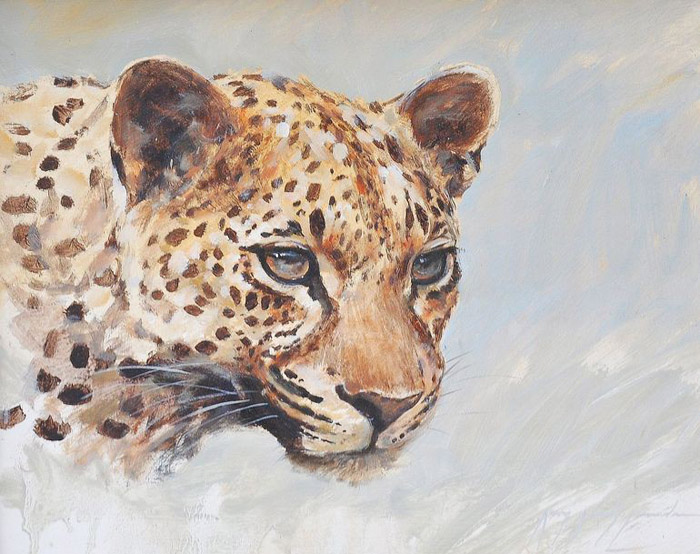
The Animal Art Fair is around the corner (Fulham Palace, 5th - 8th May) and we're huge supporters. We've persuaded artist Amy Sandys-Lumsdaine to share some of her experiences and passions for travelling to capture wildlife in their various art forms. A love of the wild... A love of the wild enticed me to Kenya in 1997 from the urban jungle of London. The climate and epic landscapes of the Great Rift invites one to explore new places that reveal spectacular views and hidden adventure.
28th June 2021 - Kenya Safari & Wildlife
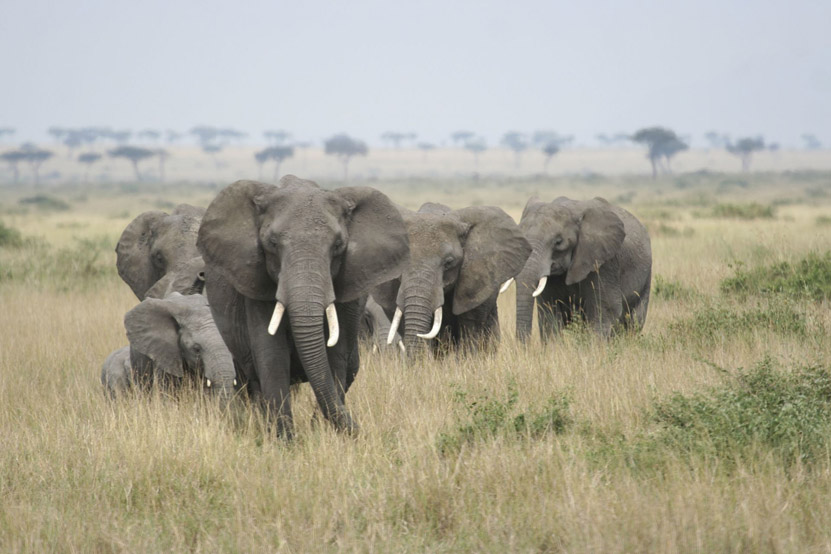
The Big Five... that classic safari term which every traveller knows. The majestic lion, the stoic elephant, the cumbersome rhino, the grumpy buffalo and the elusive leopard. But does anyone know why those particular five animals are what constitutes 'The Big Five'? Why These Five Animals? Is it because they are simply the iconic African animals that everybody wants to see? Well then, where are giraffes, hippos, zebras or cheetahs?
28th June 2021 - Safari & Wildlife

Our team of destination experts will get to know you and your unique requirements for your holiday

We work with you to build an ultra-personalised holiday itinerary with your choice of accommodation, experiences and activities

All of our holidays include little extras designed to make a big difference to your trip, from fast-tracking you through airport check-in and security to our network of local Concierges